Coffee is a fruit and other unbelievably true food facts
Tasty trivia
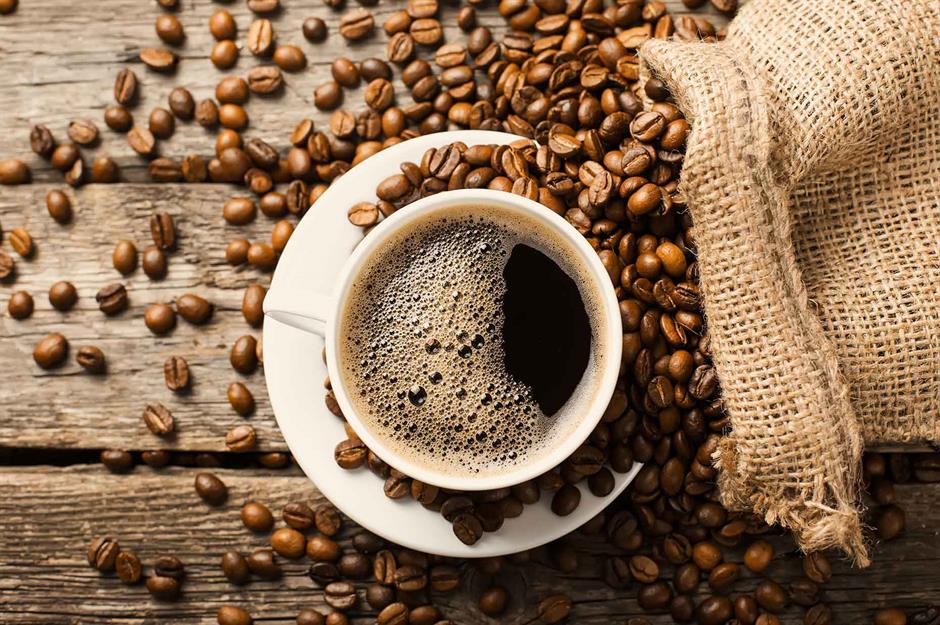
Vinegar on your fries makes them better for you
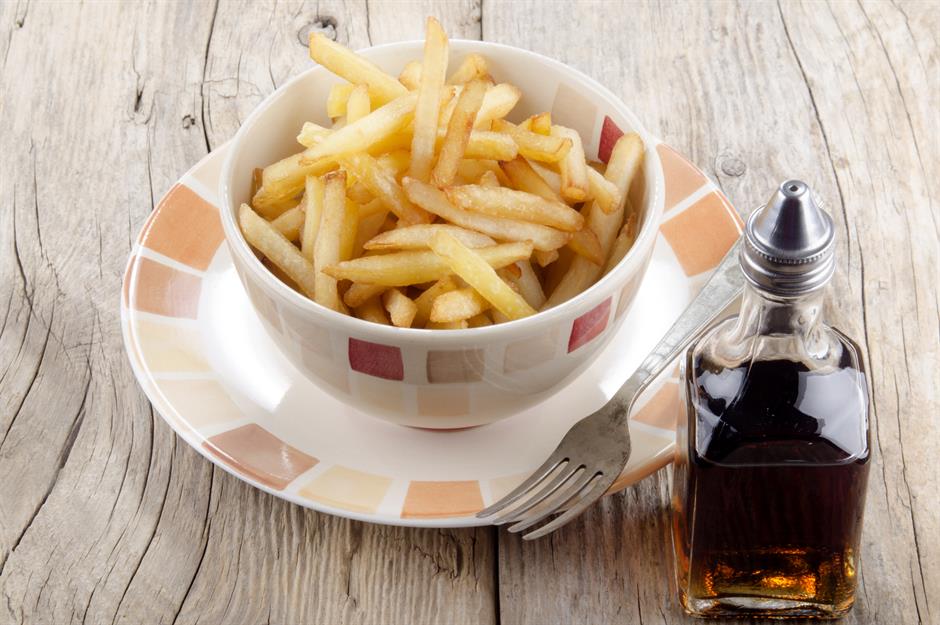
Potatoes supply a big splurge of fast-releasing carbs that rapidly raise blood sugar levels and insulin in an unhealthy way, and could increase your diabetes risk. But vinegar has the effect of lowering the glycemic index (GI) of fries, which means those carbs get released over a more prolonged period, making them just that little bit healthier.
Honey pretty much never goes off

As long as the honey has been heat pasteurized (and virtually all honey in the grocery store or supermarket has), and is sealed properly so moisture cannot be absorbed, it stays pretty much the same forever. In fact, 3,000-year-old pots of the sweet stuff have been found in the Egyptian pyramids.
A glass of orange juice is almost as sugary as a glass of cola
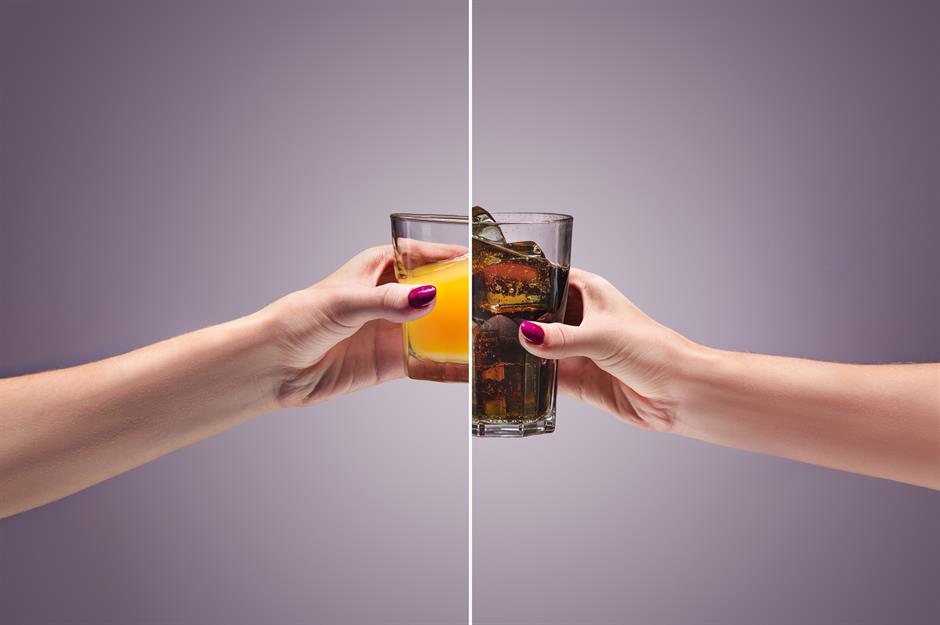
Both contain around 10% sugar give or take a little bit. Obviously the juice is heathier as it’s a good source of vitamin C, which is important for healthy gums, skin and your immune system, plus folate, which helps make red blood cells and can fight tiredness and fatigue. Sticking to just one 150ml (5 fl oz) glass per day of the juice is recommended by nutritionists.
Almonds have twice as much calcium as milk

Gram for gram this is absolutely true – McCance and Widdowson's Composition of Foods (the official guide to the nutrients in food used in the UK), shows that 100g of almonds have 240mg of bone-building calcium, while semi-skimmed (2%) milk has 120mg per 100g (3.5oz). That said, we tend to drink milk in bigger quantities than we eat almonds (and the calcium from milk is easily absorbed), so the dairy option is a better source day-to-day.
There are fewer calories in nuts than it says on the packet

It’s been proven that many nuts, including almonds, have as much as 25% fewer calories than the label suggests, as some of the fat, carbohydrates, and protein in the nuts passes through our intestines undigested. An ounce (30g) of almonds only nets you around 130 calories, not the 170 you might expect.
Red peppers have almost 2.5 times more vitamin C than oranges
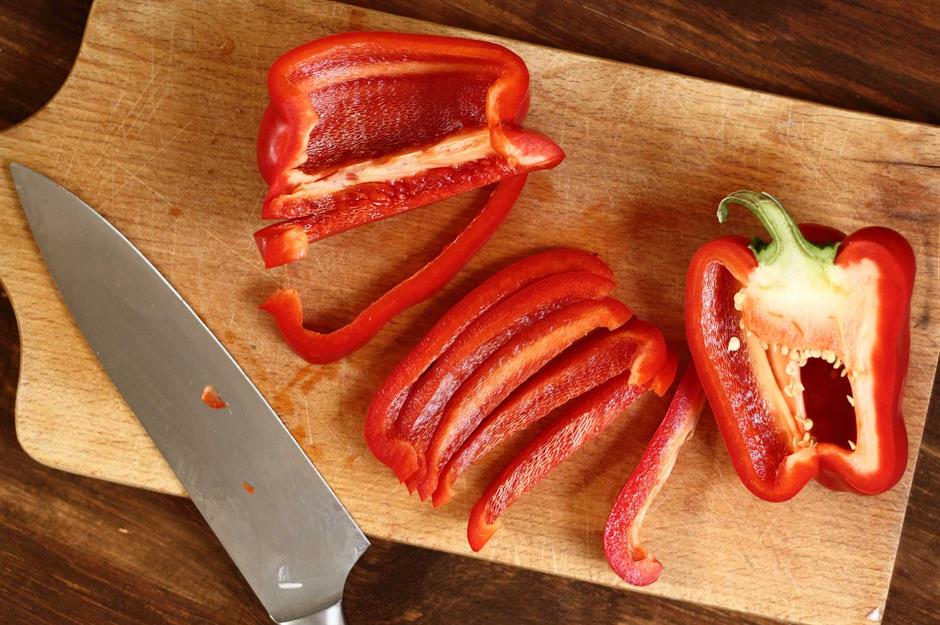
Tomatoes are fruits not veggies

Botanically, a fruit is a ripened flower ovary, and contains seeds. That makes tomatoes a fruit, despite the fact we enjoy them as the savory base to cheesy, meaty pizzas, whizzed up into pasta sauce and in salads.
Skimmed milk creates the best foam for coffee

It’s the protein in milk that makes it foam up. The lack of fat in reduced-fat milk means the proportion of protein it contains is higher. This, in turn, allows for the creation of a stiffer, more abundant foam – although it's not as rich-tasting as the sort made from whole (full fat) milk.
There’s a Dunkin’ Donuts coffee that contains over half a day's calories

Order a Large Dunkin’ mocha swirl frozen coffee made with cream and you'll be taking on 1,100 calories – over half the 2,000 calories a day recommended for women. That's only 20 calories fewer than a whole pint of Ben and Jerry’s Milk and Cookies ice cream too. For your caffeine fix, stick to black coffee.
Sugar doesn’t make kids hyperactive...
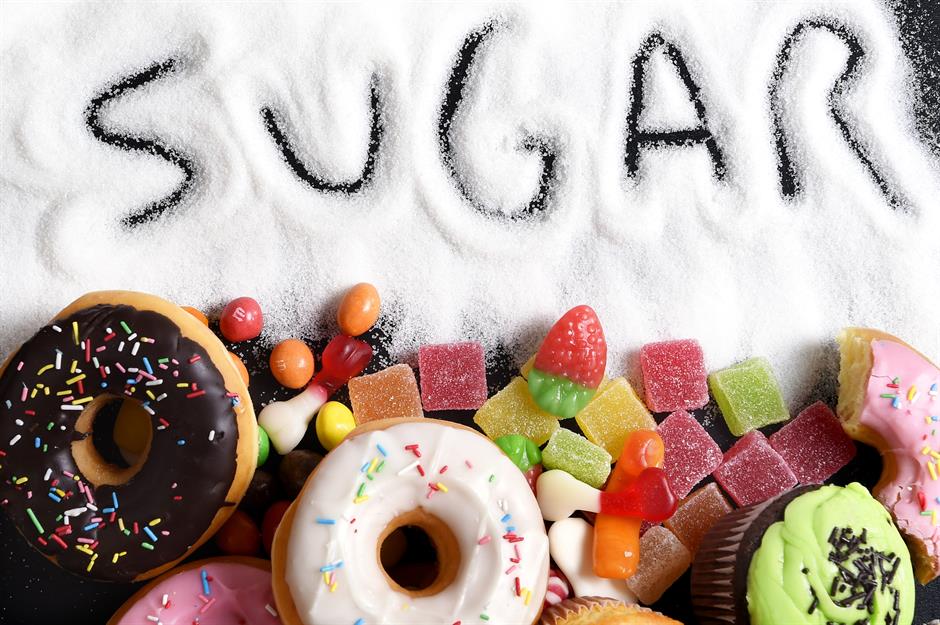
Many parents might disagree, but when double-blind, randomized controlled trials have been used to properly test the theory that sugar makes kids hyper, none have detected a difference between the behavior of children who had sugar and those who did not.
...but brightly colored foods might make kids cranky
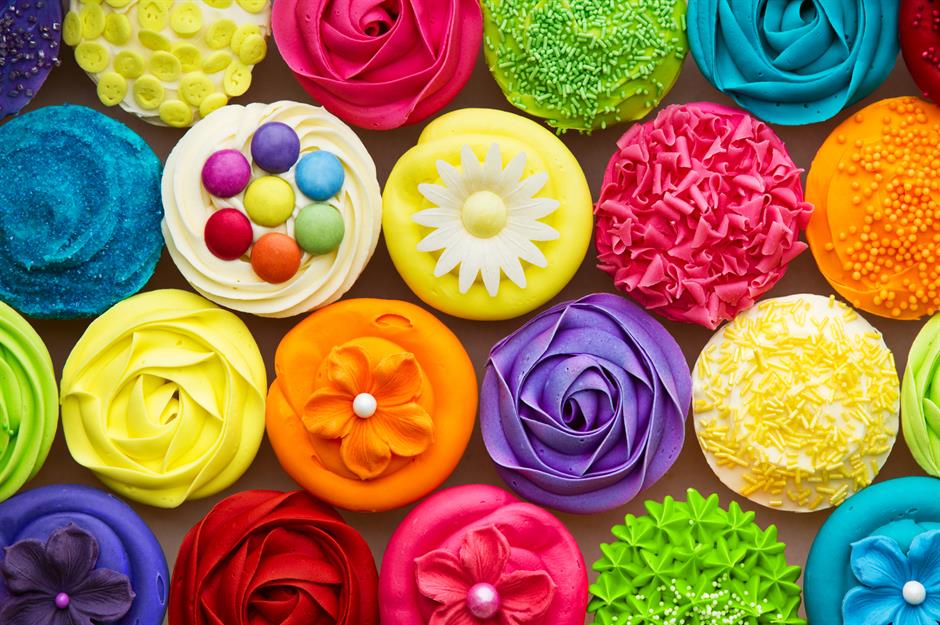
UK food labeling guidelines require products that include “coal tar” dyes, such as tartrazine (E102), sunset yellow (E110) and allura red (E129), to put a disclaimer on the product that it “may have an adverse effect on activity and attention in children”.
Chocolate really doesn’t give you spots
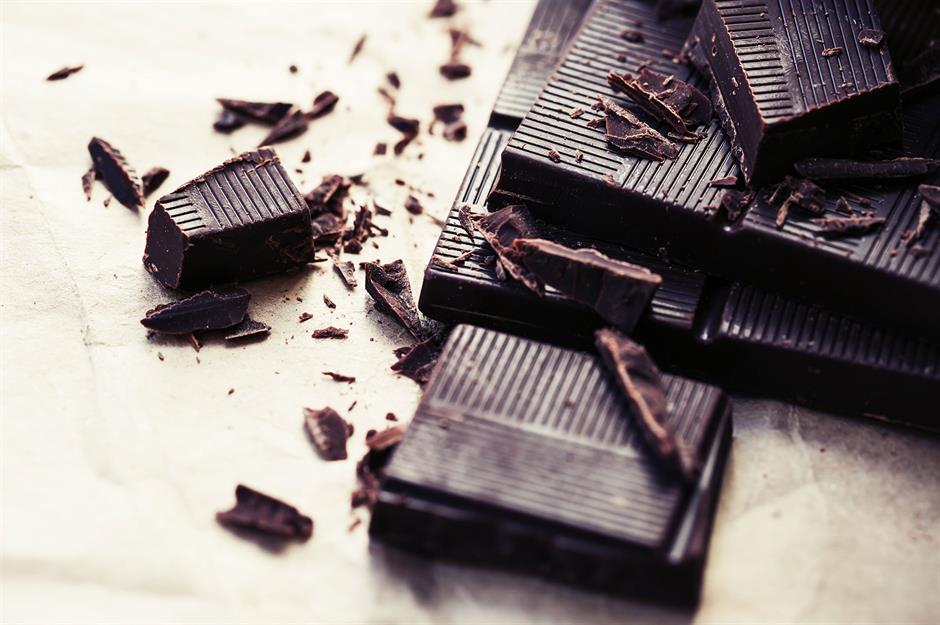
There’s no rule that you have to drink eight glasses of water a day
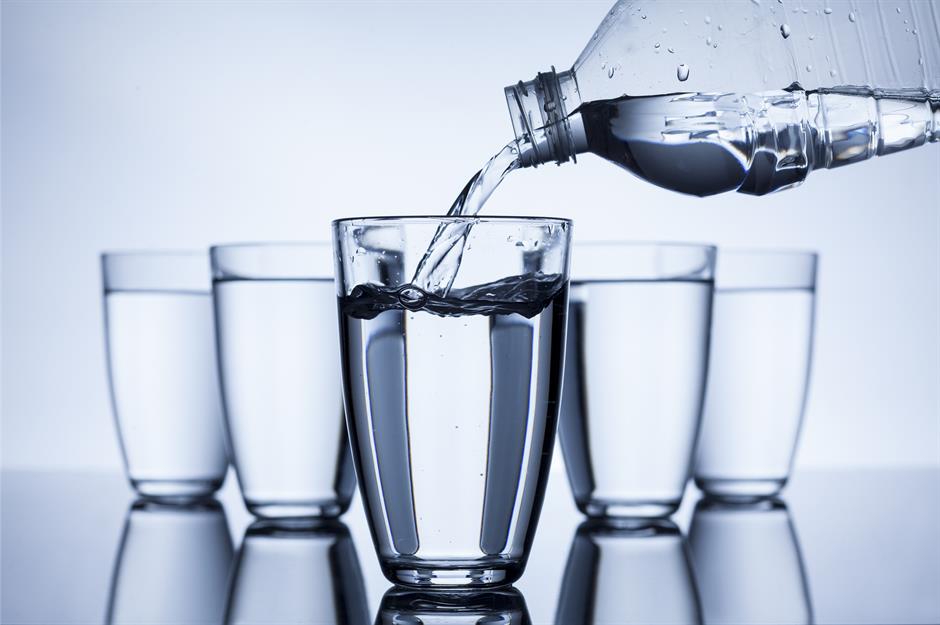
The water in tea, coffee, soft drinks, juices, soups, and fruit and vegetables all counts towards your fluid intake, and you don’t have to actually drink plain water at all if you don’t want to (though it’s probably the healthiest way to stay hydrated). The European Food Safety Authority suggests a total intake of water from food and drink of about two liters (68 fl oz) for women and 2.5 liters (85 fl oz) for men. If your urine is a pale straw color and not dark and concentrated you're OK.
Beyond 30 your bones don’t get any stronger no matter what you eat

Getting enough calcium from dairy, green vegetables, and canned fish like sardines is particularly helpful when you're young because by the time you hit 30, you’ve reached your peak bone mass or “calcium forever level”. Healthy eating and exercise will still help protect your bones, but the balance naturally shifts towards more bone being lost than gained as we get older.
Darker drinks come with more of a hangover
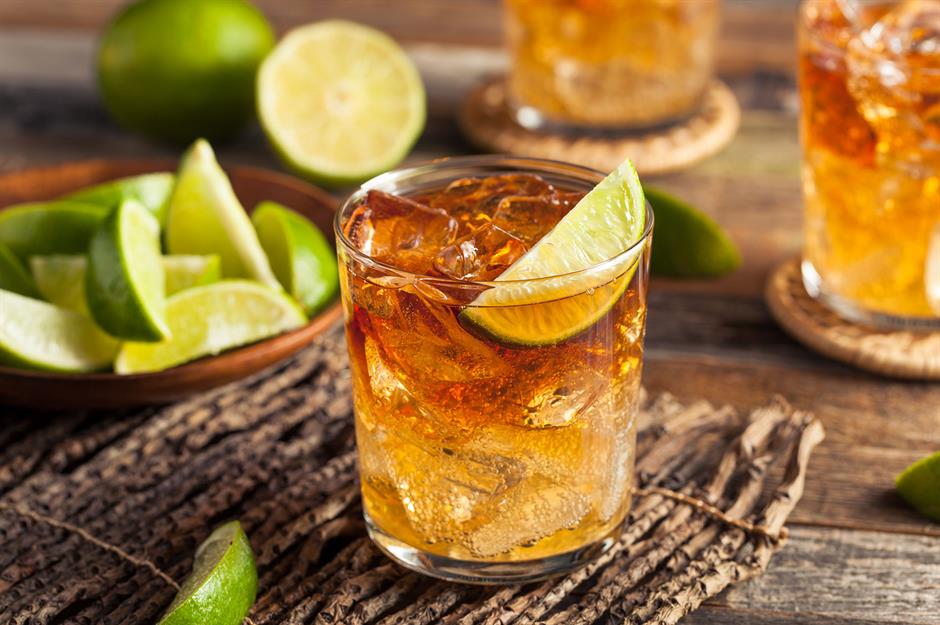
Drinks with high levels of congeners – flavoring agents and other chemicals – can worsen a hangover. Generally, the paler the drink, the smaller the congener content, so vodka is a lot less likely to cause a hangover than a dark rum for example.
You can still be driving under the influence (DUI) in the morning
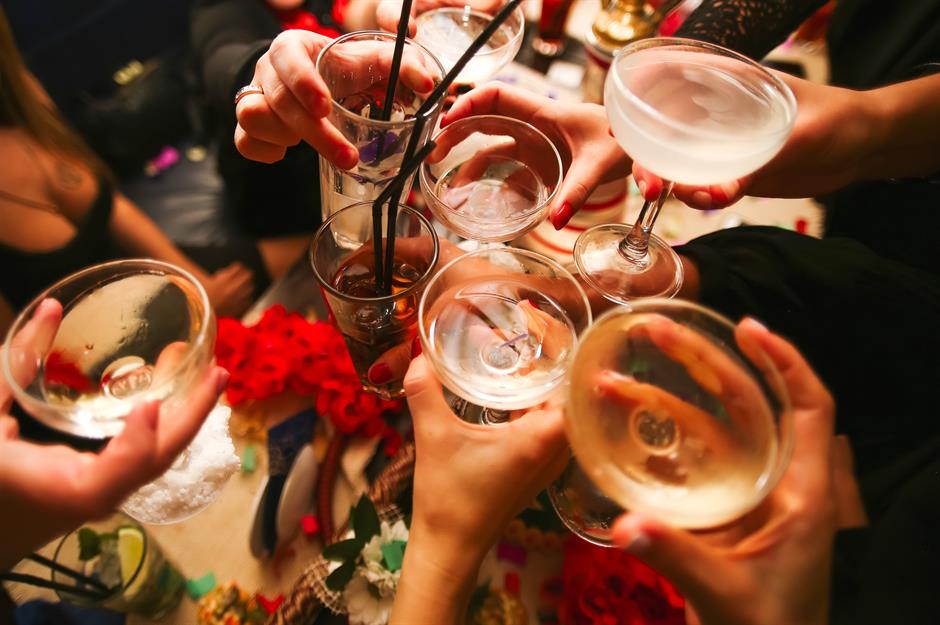
The body can only metabolize alcohol at the rate of one unit an hour. So if you had 12 units (that's five to six, 175ml/6 fl oz glasses of wine) between 9pm and midnight you could still be over the limit at 7am the following day.
Eating late doesn't make you pile on weight
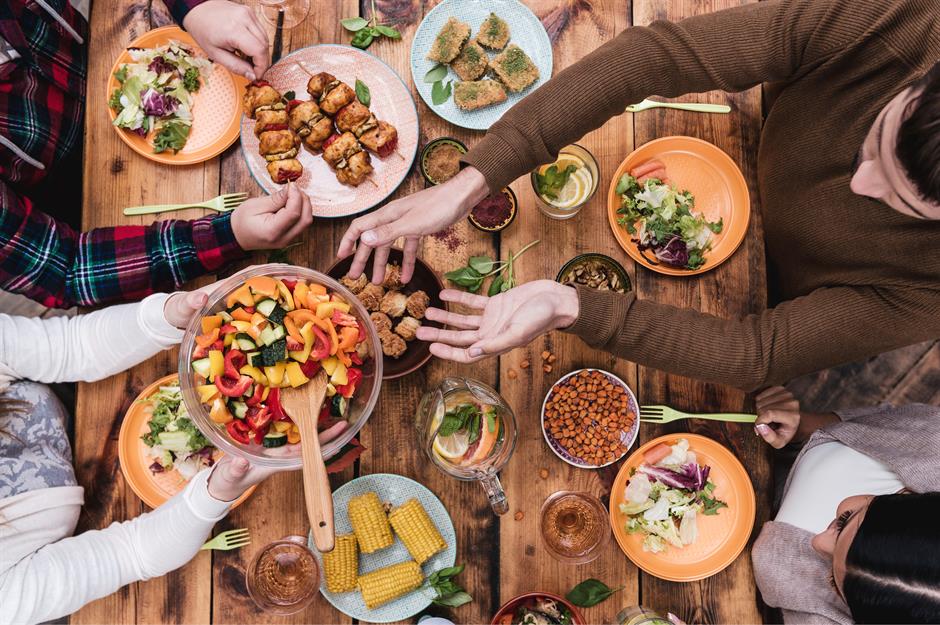
Ever been to Spain and spotted families sitting down to eat at 10pm? Traditional mealtimes vary the world over and late-night eating doesn’t strongly correlate with levels of obesity. The bottom line? Your body will only store food as fat if you eat more calories overall than you use up in physical activity over 24 hours.
Your hay fever symptoms can predict food allergies

People with allergies to grasses may have a reaction to peaches, celery, tomatoes, melons (cantaloupe, watermelon and honeydew) and oranges. If you're allergic to birch tree pollen (your hay fever kicks in earlier in the season), watch out for reactions to pitted fruits like nectarines and apricots as well as peanuts.
Plain old vegetable is as good for your heart as olive oil
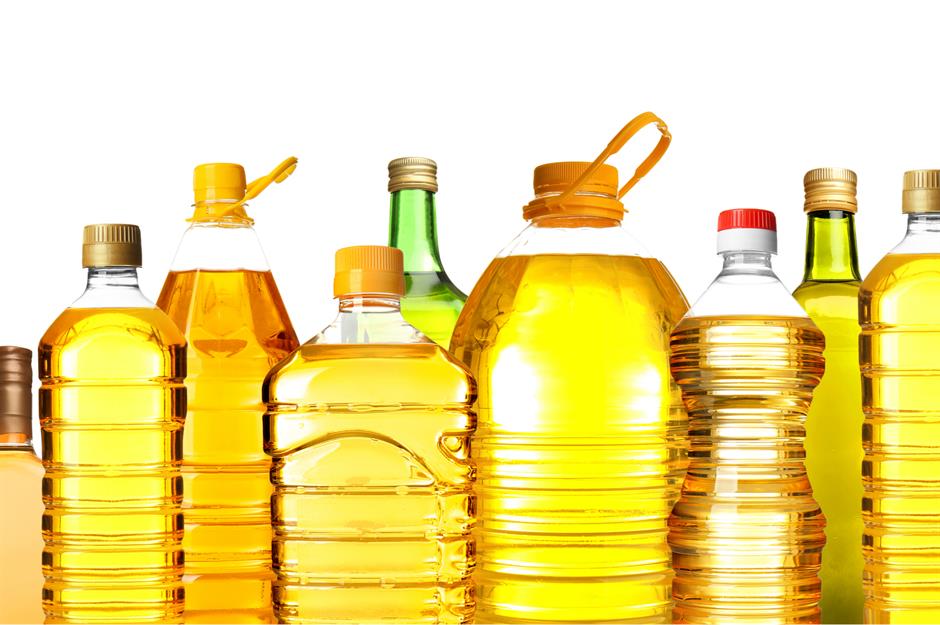
Products labeled just “vegetable oil” are usually rapeseed oil (canola oil), which, like olive oil is very high in monounsaturated fats that help to lower cholesterol levels. When you’re feeling budget-conscious, it can be a much cheaper, but just as healthy, option for stir-frying or even putting into a salad dressing.
Around 400 million Tim Tams are sold per year
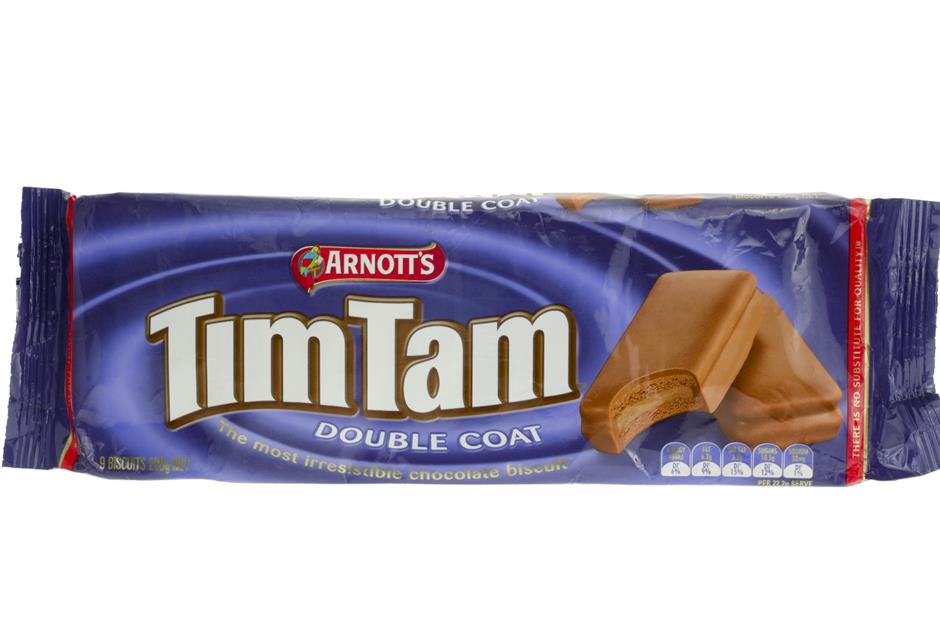
Australia’s hugely popular chocolate biscuit – the Tim Tam – is made from two layers of chocolate-malted cookie sandwiched together with a chocolate cream filling, before the whole thing is covered in chocolate. Tim Tams were named after a horse that won the Kentucky Derby in 1958. Around 45 million packs – that's about 500 million biscuits in total – are now sold each year.
Potatoes don't always count towards your five-a-day
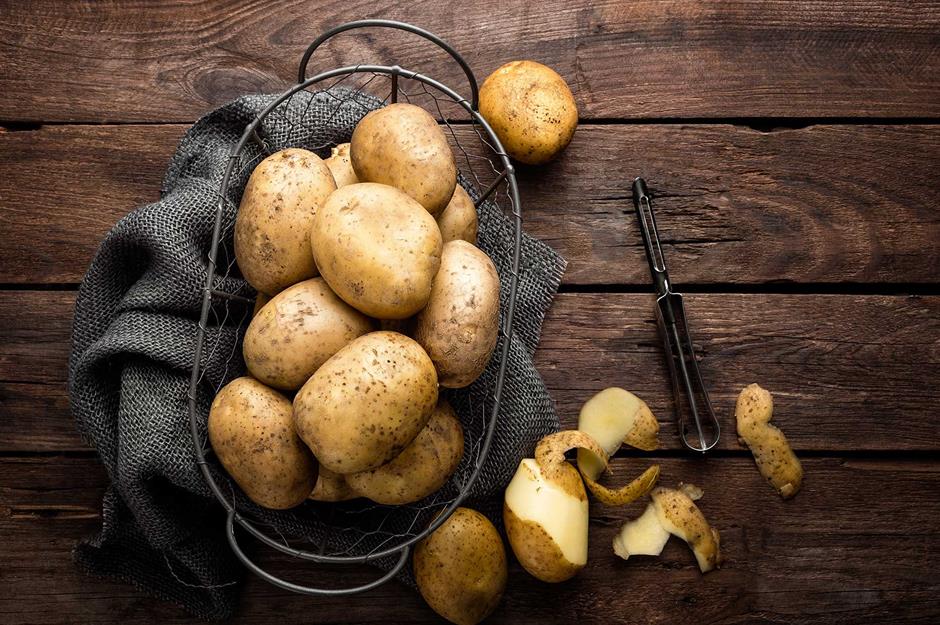
At least that’s the case in the UK, where five portions of fruit and vegetables is the recommended intake to aim for – but that excludes potatoes, which are considered part of the starchy carbohydrate group, not a vegetable. However, in the US and Australia, potatoes do count towards your intake of fruit and vegetables, but produce recommendations are higher: 1.5 to two cups of fruit and two to three cups of vegetables per day in America, and two fruit and five veg portions per day in Australia.
Eating cholesterol-rich foods doesn’t raise your blood cholesterol
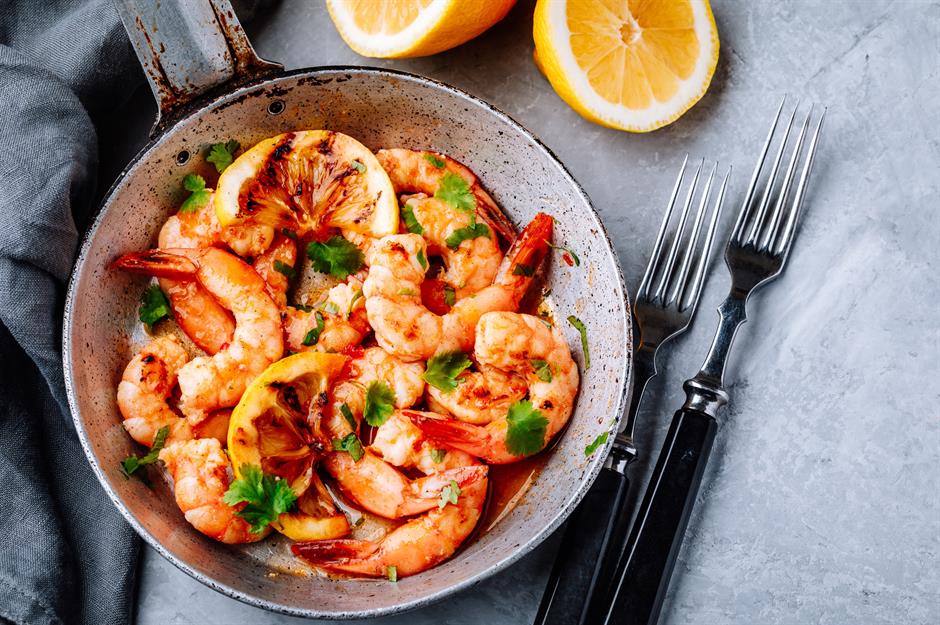
Unless you have some unlucky genes, this holds. Foods such as prawns and eggs are rich in cholesterol, but when you eat them your internal production of cholesterol goes down in response, so your blood cholesterol levels don’t get raised, or only get raised minimally. It's saturated fat that’s of concern when it comes to high blood cholesterol.
Just one carrot gives you all of your daily vitamin A
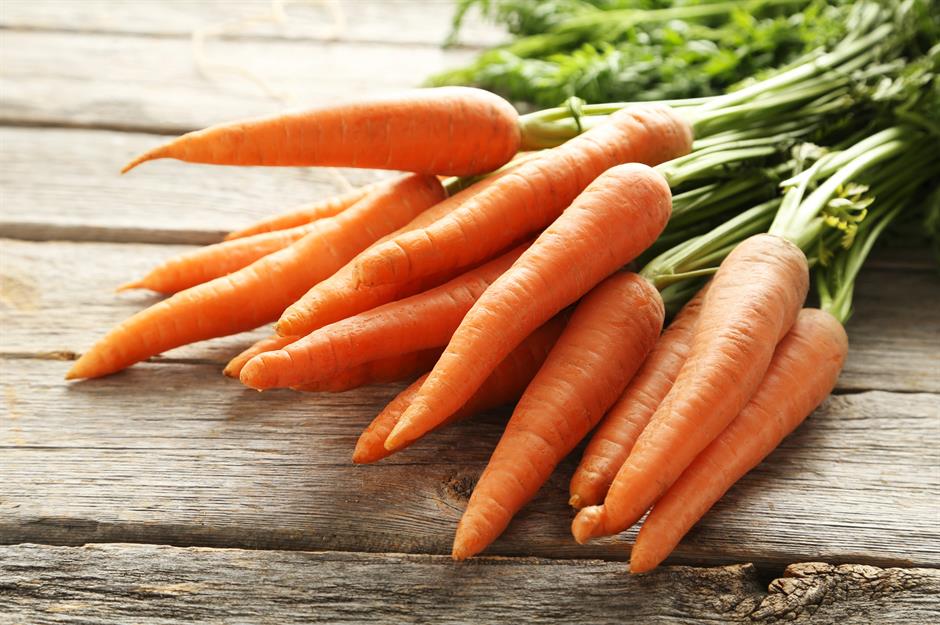
Yes, just one boiled 80g (2¾oz) carrot supplies enough beta carotene for your body to produce 1,480 micrograms (mcg) of vitamin A (needed for skin cell renewal) – that's more than the daily recommendation in the USA of around 900mcg. It's best to eat carrots cooked, as this softens the cell walls allowing more beta carotene to be absorbed.
Cucumber is 96.5% water
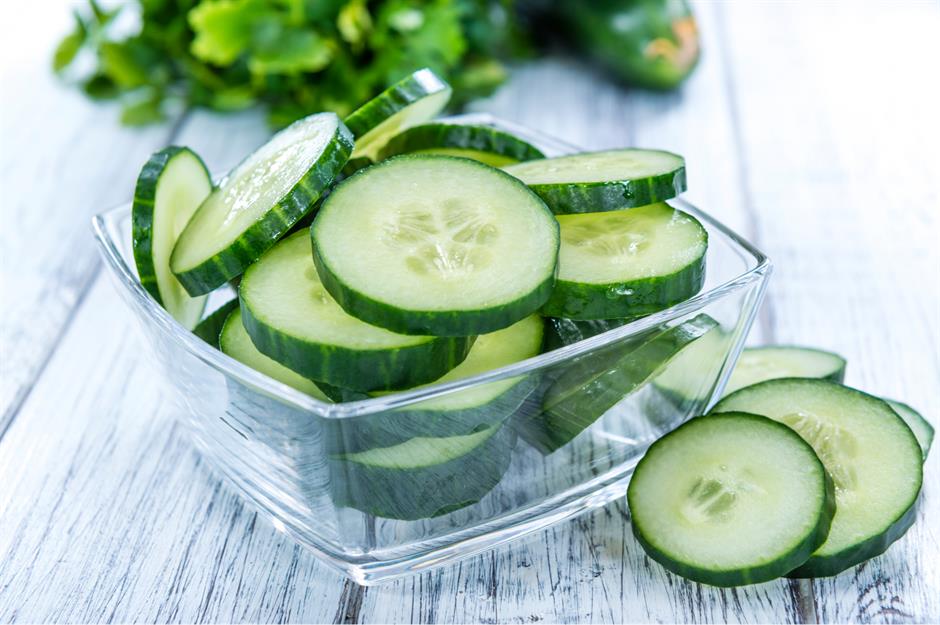
Being so naturally high in water makes cucumber very low in calories too – it only has 14 calories per 100g (3.5oz). That means it's the sort of food you can nibble on all day without worrying about your waistline.
Washing your greens won’t remove E. coli
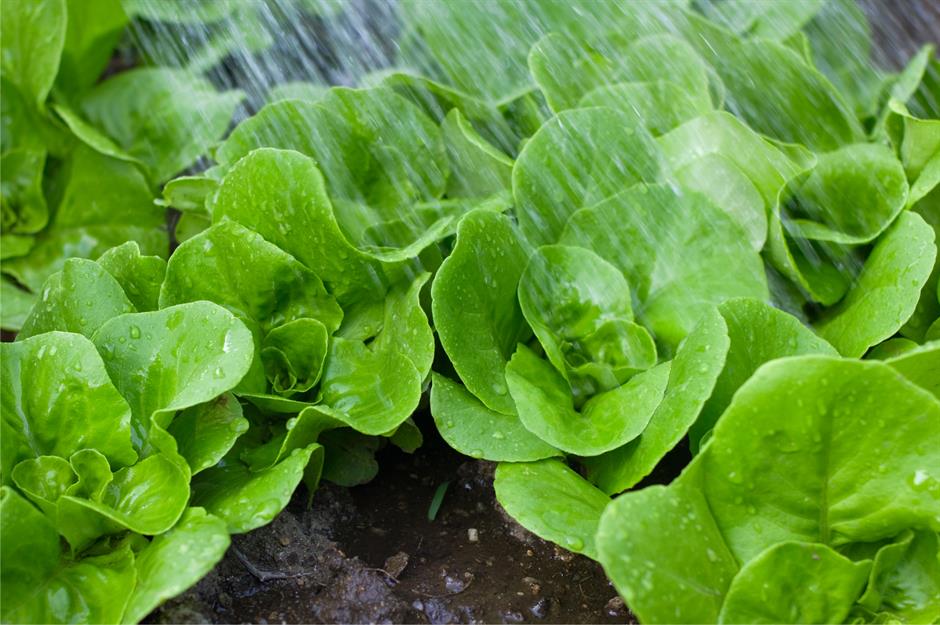
Of course you should wash lettuce like romaine as it removes dirt, dust, and some pesticide residues, but it likely won’t get rid of much bacteria as it gets stuck in microscopic crevices. E.coli can even find its way into the interior of your produce, so when there are food safety advisories in force be sure to heed them and throw out any affected leaves.
Pasta in a salad is less fattening than pasta eaten hot
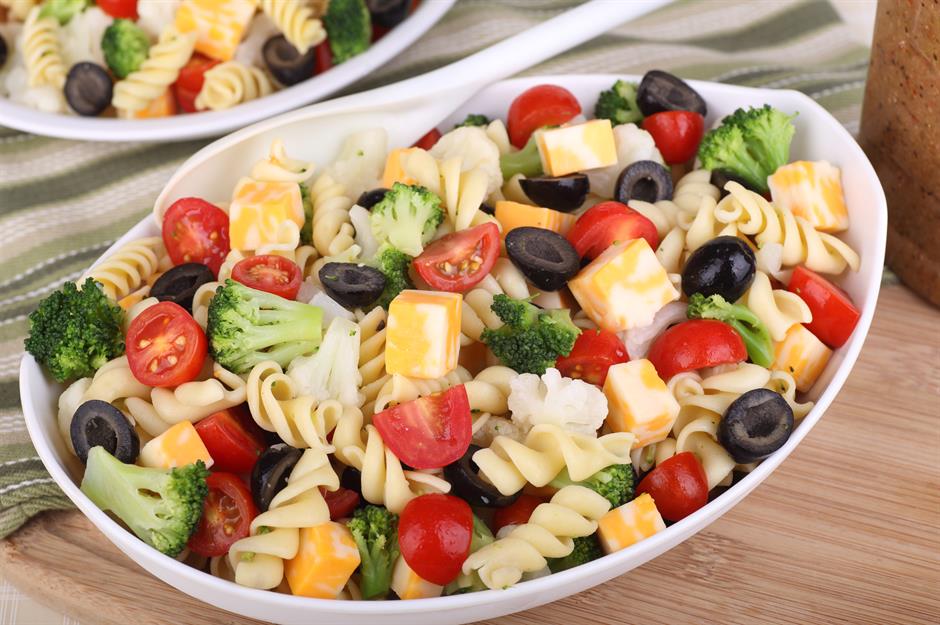
When pasta (also rice, potatoes and bread) are chilled or frozen after cooking, some of the starches in them become “resistant” to digestion, which in effect means their calories cannot be absorbed properly. While there are no studies that show this helps with weight control, in theory it might do...as long as you don’t drown your pasta salad in creamy mayo.
Some sweeteners can have laxative effects

A group of sweeteners known as the polyols – maltitol, sorbitol, and xylitol, for example – can have laxative effects if you have them in excess. Look out for the warnings on lower sugar products – polyols occur in the likes of sugar-free mints, chewing gum and low-carb chocolate bars.
A lot of popular fruits belong to the rose family
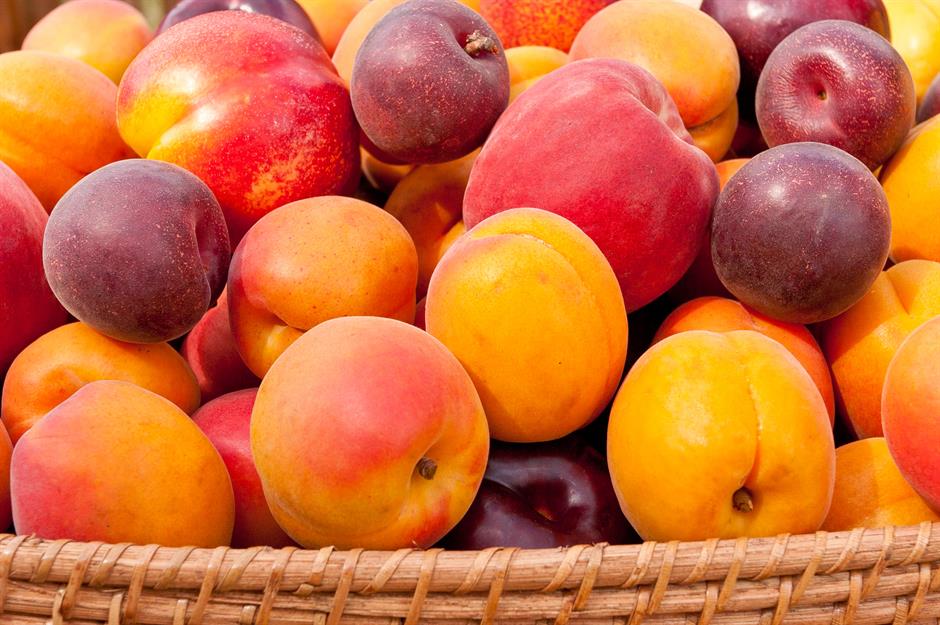
In fact apples, peaches, plums, apricots, cherries, raspberries and blackberries are all part of the Rosaceae family. Almonds are part of the rose family too and the flowers of the tree are usually pale pink or white.
You can hear rhubarb grow
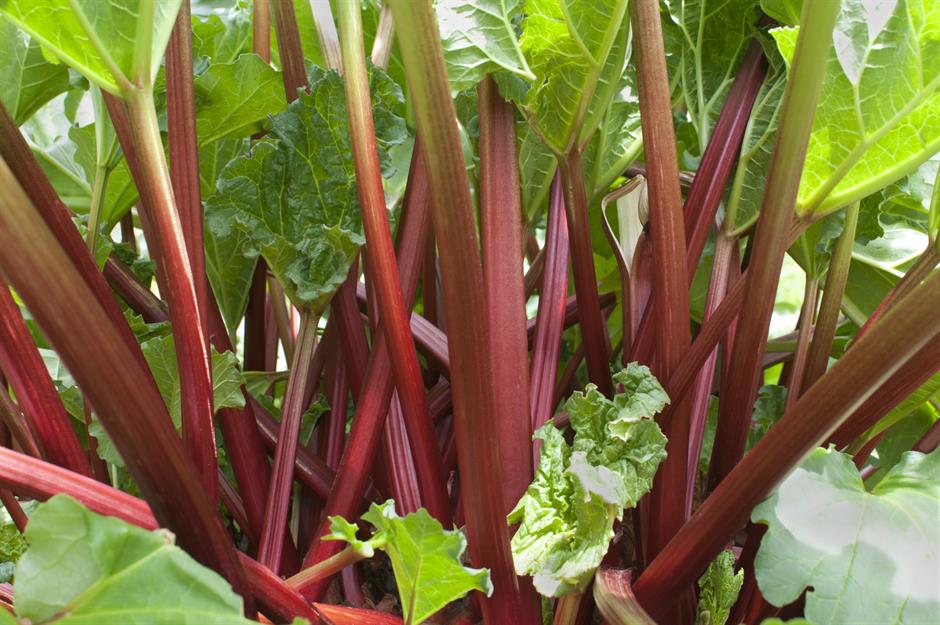
A method called "rhubarb forcing" involves putting rhubarb in a dark shed, tricking it into thinking that it's spring. This will cause the rhubarb to grow at a massively fast pace. So fast, in fact, you can hear the rhubarb popping as it grows.
Cheese is the most stolen food in the world
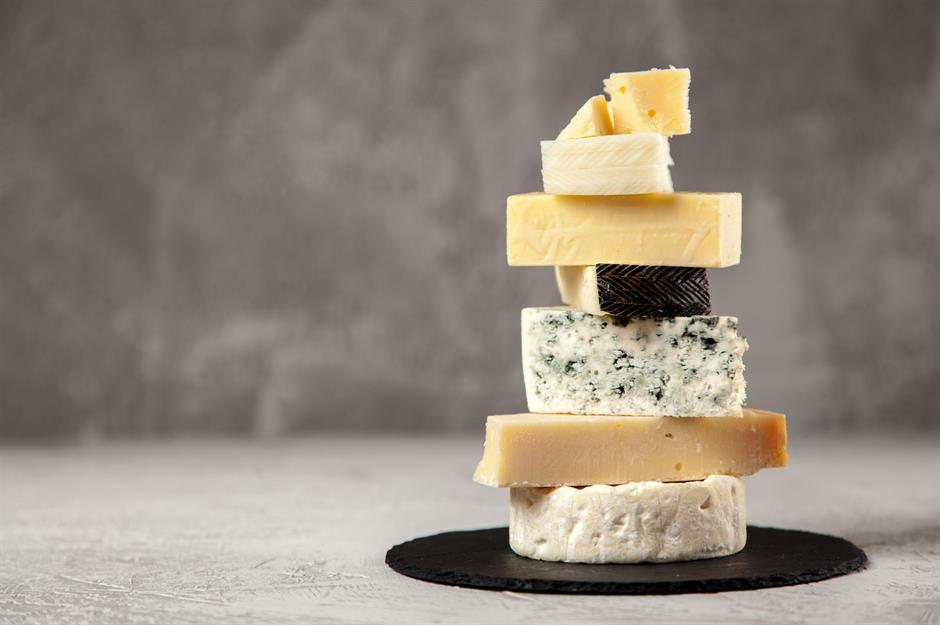
Would you brie-lieve it! After surveying nearly 1,200 retailers representing 250,000 retail outlets all across the world, the UK’s Centre for Retail Research discovered that the most stolen food is none other than a block of cheese.
There are a million bubbles in your glass of Champagne
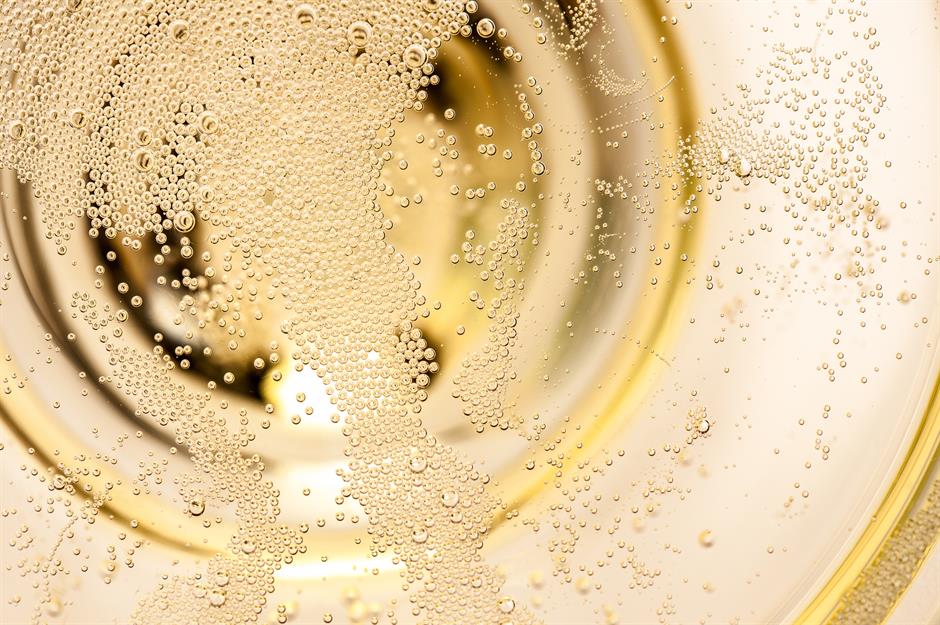
Scientists estimate that one million bubbles are the likely number that will form in a flute of Champagne – that is if you leave it to sit (thereby enabling all those bubbles to form), rather than drinking from the flute straight away. In our case, however, that's an unlikely scenario...
The sandwich is named after an Earl

Accounts disagree about whether he was engrossed in gambling or just working at his desk, but in 1762 it’s said that John Montagu, 4th Earl of Sandwich ate the first “sandwich” – a piece of roast beef between two slices of toasted bread. The snack was designed so the Earl could hold it in one hand, allowing him to continue with his chosen activity, without needing to pause for a meal.
Read more about the foods invented by accident
Mushrooms are virtually impossible to overcook

The reason you can cook mushrooms for a long time, and they don’t become a structureless goo like zucchini or broccoli, is down to a polymer (a large molecular structure) called chitin. It protects them from both breaking down or getting tough and chewy.
Oysters were once a poor man's food
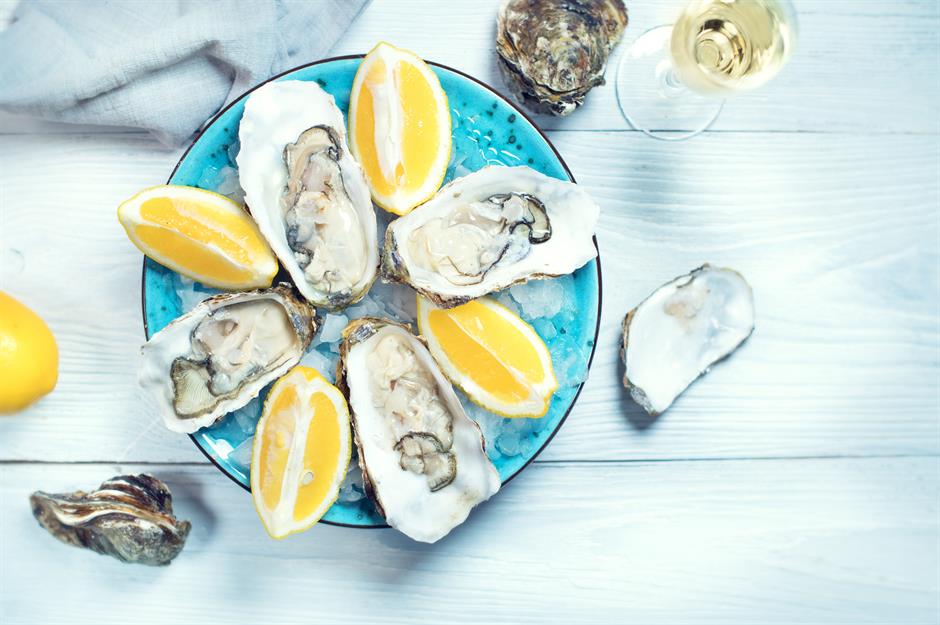
They might set you back a few bucks in the UK capital these days, but there was a time when oysters were a significant source of protein for London's poor. During Victorian times, for example, oysters were plentiful along the coastlines of Essex and Kent and very inexpensive. But around the beginning of the 20th century, world oyster supply diminished greatly due to the die-offs caused by pollution and they became rarer and more expensive.
Lobsters were fed to prisoners
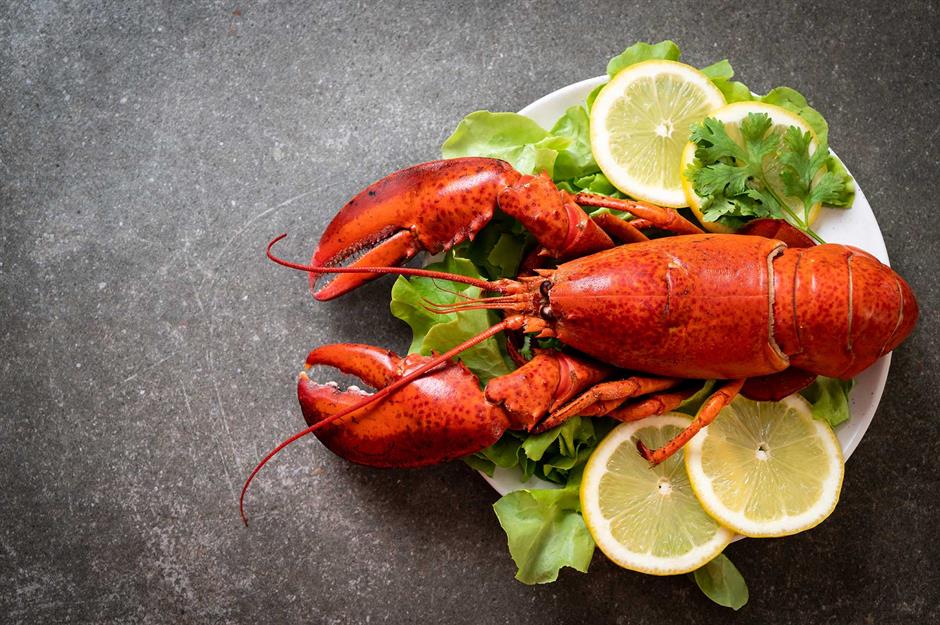
It’s a similar story with lobsters, which in the USA were regarded as “sea insects” and fed to prisoners who apparently moaned about being given them too often. By the Second World War that had all changed and they were regarded as a delicacy, as they still are today.
How bees produce honey is extraordinary
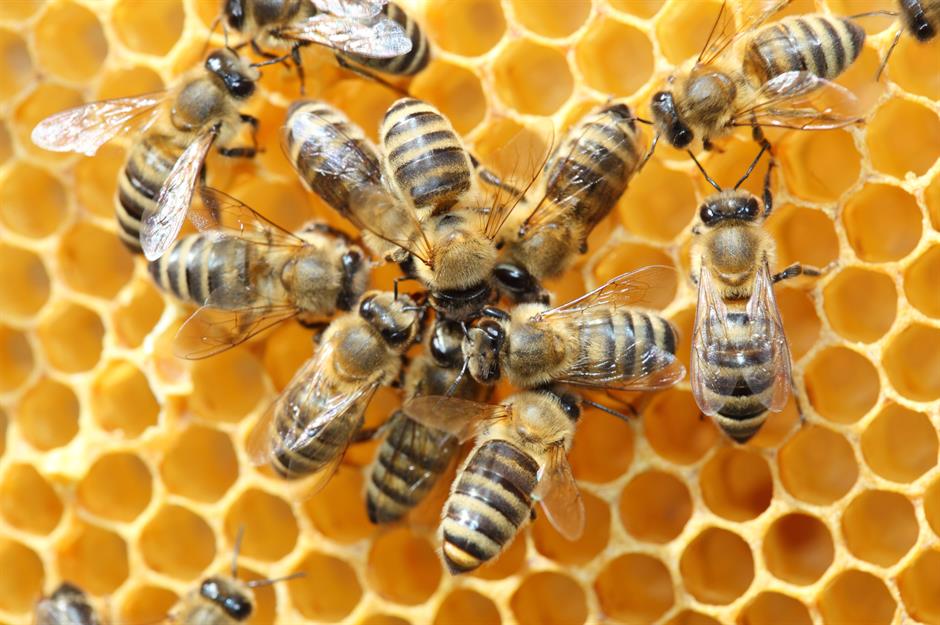
Forager bees drink nectar and keep it in their “honey stomach”. When they're back at the hive, the forager bee regurgitates the nectar directly to a younger house bee. Within the hive, house bees pass the nectar from individual to individual until the water content is reduced to about 20%. At this point, the last house bee regurgitates the sugary solution into a cell of the honeycomb. Our top tip? Just don't think about this too much...
You can make chalk from eggshells
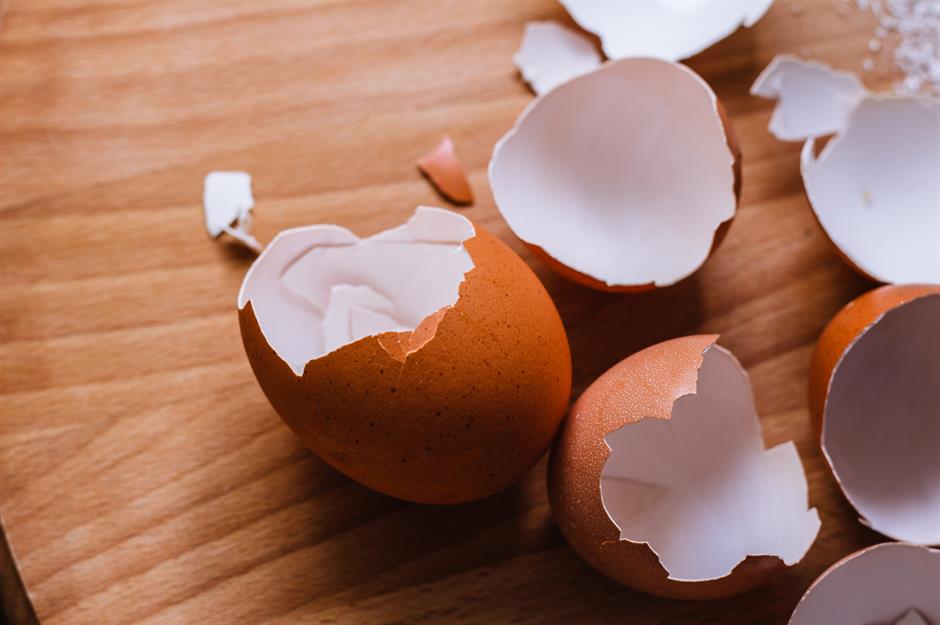
Eggshells are essentially calcium carbonate, which is exactly what chalk is made from too. It takes quite a few crushed eggshells to make one chalk, but it’s a fun thing to try with kids, and “recipes” abound on the internet.
Only some countries sell eggs refrigerated

The Americans, Australians and Japanese all wash and sanitize eggs. That means they also have to oil and then refrigerate them, as washing removes the natural protective barrier on the eggs that prevents bacteria entering. In the UK, and across the EU, it’s the law not to wash grade A eggs. This keeps the natural protection in place so they can be sold from the shelf and not the chiller cabinet.
Brazil nuts are super-rich in selenium
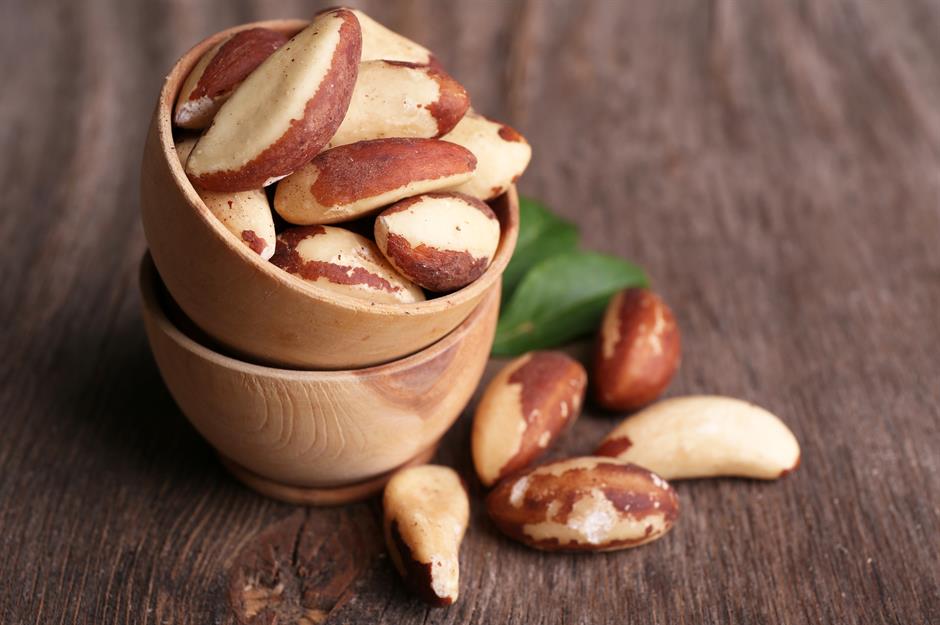
No other food really comes close – a 30g (1oz) handful of brazils supplies 76mg of this vital mineral (more than the daily recommendation). While you've probably never thought too much about your selenium intake, it's a vital antioxidant that can help the immune system and thyroid function.
White chocolate isn’t really chocolate

Technically speaking, in order to qualify as chocolate, a product must contain cocoa bean solids, and white chocolate doesn’t. Instead, it’s usually made from a combination of cocoa butter (and sometimes added vegetable fats), milk products, sugar and vanilla.
Coconut oil has more saturated fat than butter
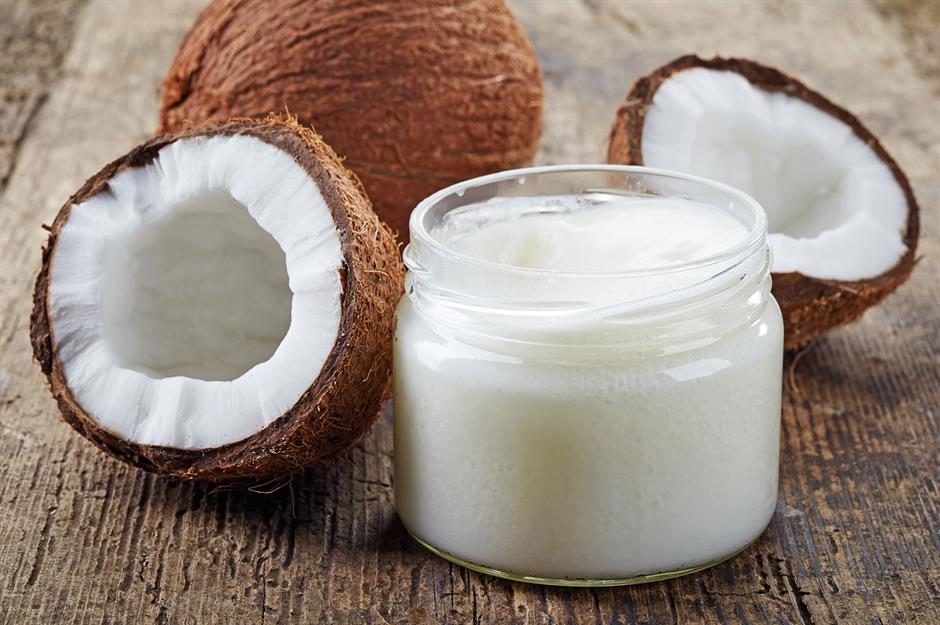
A tablespoon (15g) of butter supplies about 7.8g saturated fat, while the same amount of coconut oil has about 14g. Some people argue that the saturated fats in coconut oil aren’t as bad for your cholesterol level and heart health as the ones in butter, but most authorities, including HEART UK, disagree, stating coconut oil should only be used sparingly.
RC Cola is the most acidic soft drink in America
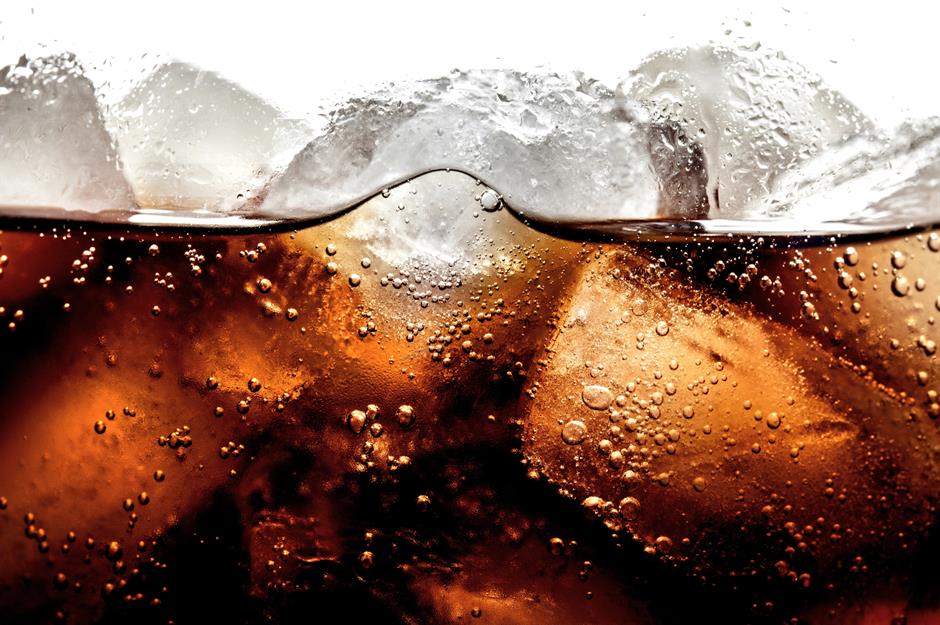
This brand of cola had a pH of just 2.32, according to a 2016 survey published in the Journal of the American Dental Association. That makes it severely erosive to tooth enamel – only lemon juice (pH 2.25) is worse. Many other popular colas and soft drinks didn't fare much better in this particular study either.
Vegans narrowly missed being called “benevores”

The term vegan was coined in November 1944, when a group of non-dairy vegetarians got together to discuss non-dairy vegetarian diets and lifestyles. This group – which grew into the Vegan Society in the UK – toyed with the names "dairyban", "vitan" and "benevore", before settling on vegan, which contains the first three and last two letters of vegetarian.
Peanuts aren’t nuts

The fuzz on peaches protects them from rotting

It’s a genetic difference that means peaches have their signature fuzz, while nectarines have a smooth skin. Peach fuzz tends to collect water drops, keeping water away from the skin underneath so peaches rot less readily than nectarines. And pests don’t like peaches as much as nectarines either – apparently they don’t like getting their legs tickled by the fuzz.
Everyone makes asparagus pee, but not everyone can smell it
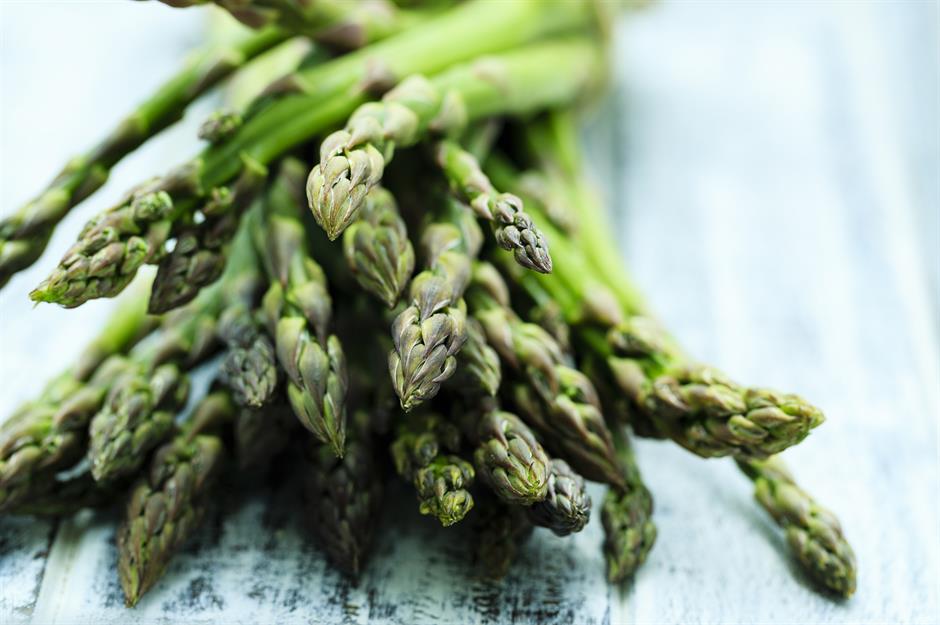
If you don’t think your urine smells strongly after eating asparagus, that doesn’t mean you're metabolizing the vegetable differently from other people. In fact, we all make urine with that distinctive “asparapee” smell after eating. It's just that some people’s genetic make-up means they can’t smell it.
Chicken livers have a lot more iron than steak
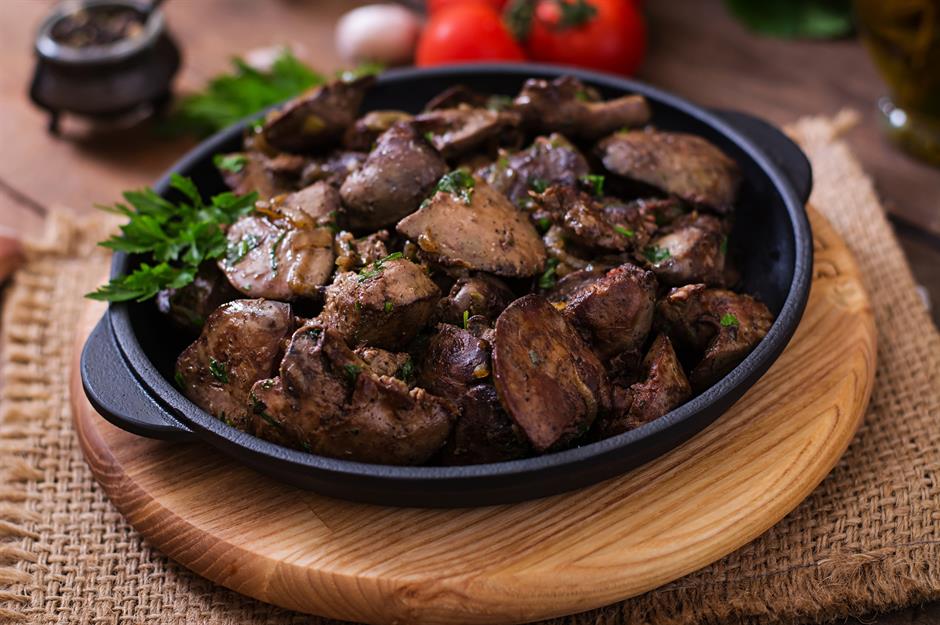
Inexpensive but very nutritious, a 50g (1.7oz) serving of cooked chicken liver has around 6mg of iron, about a third of the recommended daily amount. Chicken livers are also packed with folic acid too, providing more than the whole daily requirement in 50g. Both nutrients help in combating low energy and fatigue.
Dried thyme is 45 times richer in iron than beef

McCance and Widdowson's Composition of Foods measures dried thyme as having 123mg of iron per 100g (3.5oz) – that’s 45 times more than the same weight of beef, on average. Obviously dried thyme is eaten in tiny quantities by comparison, but adding just one teaspoon (1g) of dried thyme leaves to your dinner is still about one-14th of your daily recommended iron requirement covered.
Milk isn’t naturally rich in vitamin D
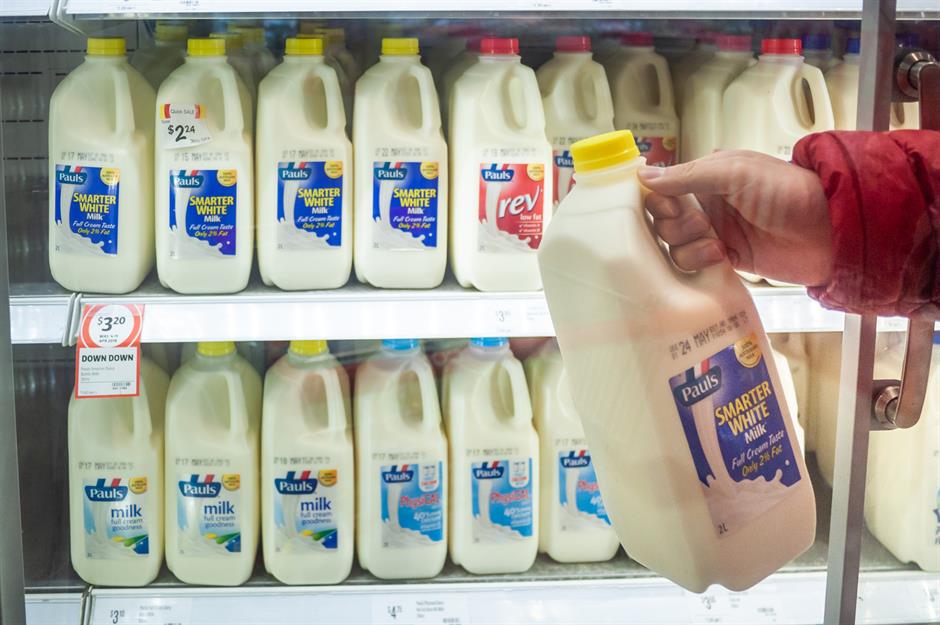
If you live in America you'll get about 15% of the daily value of vitamin D from a cup of cows' milk, but that’s because the vitamin is added, not because it's naturally rich in this bone-building vitamin. In Britain, milk is generally not fortified with vitamin D, so it’s a very poor source; in Australia some milks are fortified, but not routinely so.
Ripe cranberries bounce

Raw, fresh cranberries are toe-curlingly sour however ripe they are, so if you want to check their state of readiness without having to bite into one, try tossing it on the kitchen side. If it bounces, this is your confirmation that it's ripe.
Oklahoma’s state vegetable is a watermelon

In Oklahoma the watermelon has been officially declared a vegetable, and not just any vegetable – it has been given the honor of official state vegetable. Wondering what their official state fruit is? The strawberry.
Japanese chefs created a $920 (£732) burger
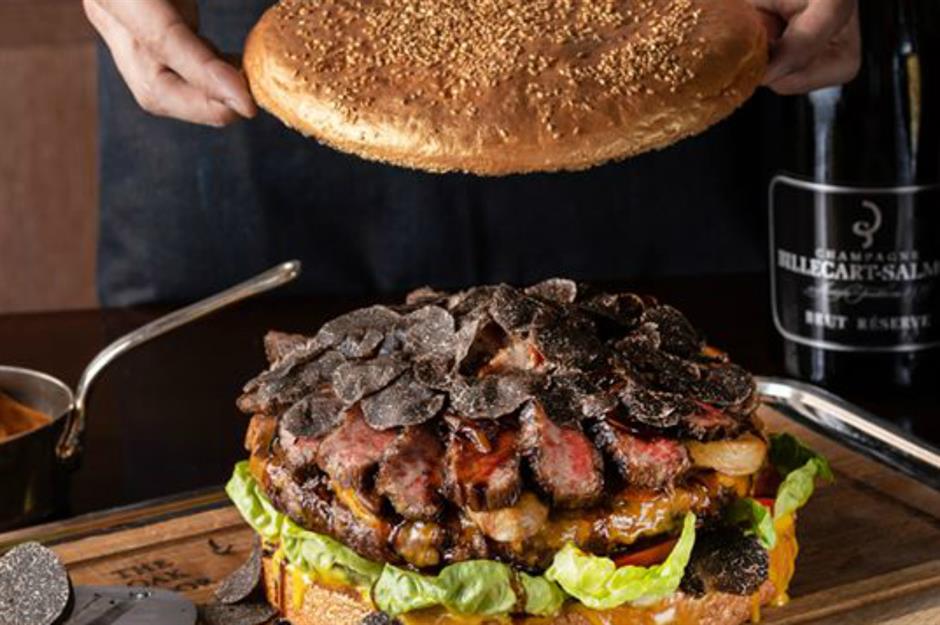
Chefs at The Oak Door Steakhouse in Tokyo’s Grand Hyatt hotel created the 100,000 Yen (around $900) burger in honor of Crown Prince Naruhito’s 2019 coronation. A massive 3kg (106oz) Wagyu beef hamburger with a gold-dusted bun, it feeds six to eight people with a bottle of wine thrown in for free.
Read all about the incredible foods you have to try once in your lifetime
Guinness World Record eating feats: stuffing blueberries in the mouth
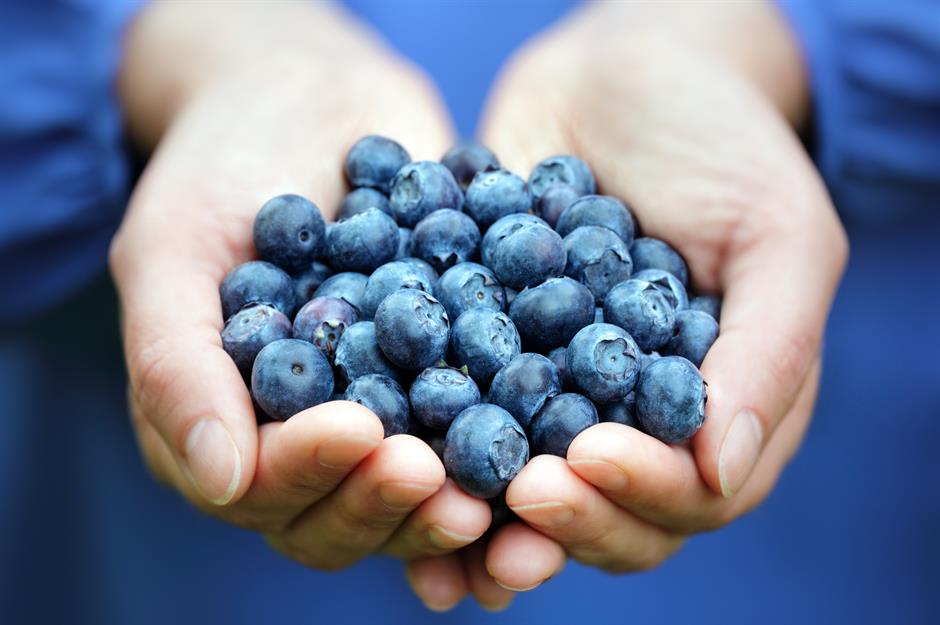
David Rush from Boise, Idaho, USA crammed 124 blueberries in his mouth (without swallowing any) on 16 June 2019. His valiant efforts were in support of STEM education.
Guinness World Record eating feats: drinking a bottle of ketchup
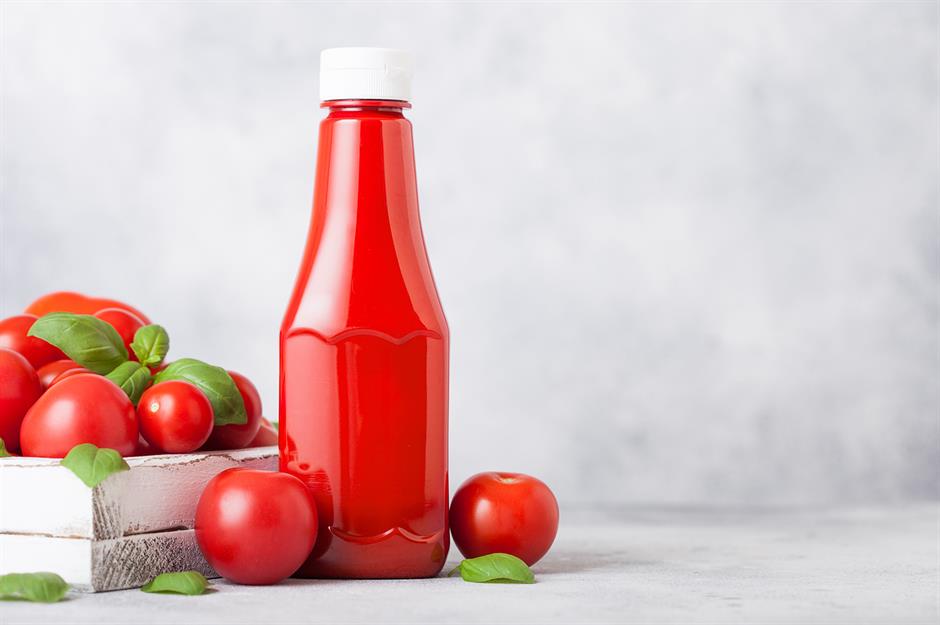
André Ortolf of Germany holds the world record for guzzling tomato ketchup. Drinking the condiment through a straw, he downed a bottle of the red stuff in 17.53 seconds. The feat was achieved on 30 November 2017.
Guinness World Record eating feats: chocolate eating
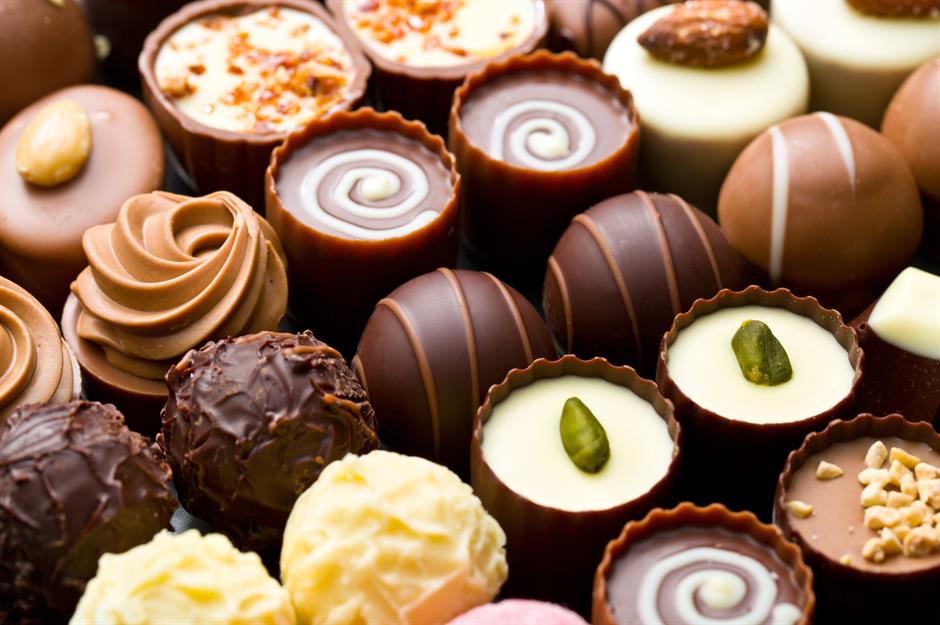
On 4 December 2017 Kevin “L.A. Beast” Strahle from the USA ate all the festive chocolates in an advent calendar in one minute and 27.84 seconds. If that sounds too easy, just know he has also eaten 10 cacti and drunk a gallon of honey while covered in bees.
The most expensive grilled cheese sandwich cost $214 (£170)
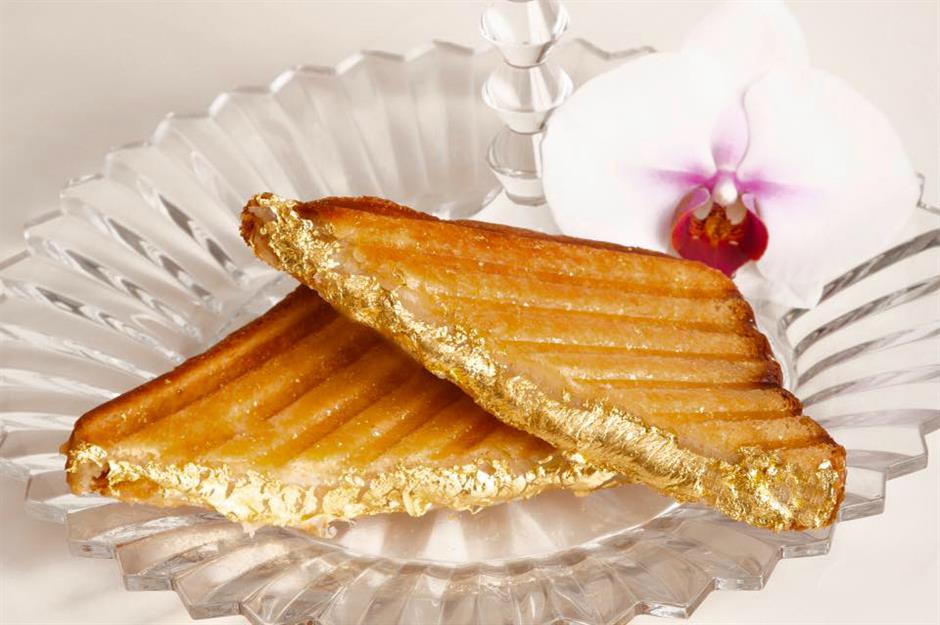
While it's currently off the menu Restaurant Serendipity 3 charged $214 (£170) for this gold-dusted “Quintessential Grilled Cheese” in the past. The cheese in the toastie was made from the milk of the Podolico cow, which grazes in southern Italy on aromatic plants such as fennel, licorice, juniper, bay laurel and wild strawberries. Only around 25,000 such cows exist.
One of the world's biggest biscuits weighed about the same as a Dalmatian dog

Frances Quinn – winner of the 2013 Great British Bake Off TV show – and Hambleton Bakery designed and baked a giant jelly-filled biscuit weighing 26.76kg (58lb 15oz). The “Grand Slammy Dodger”, as it was named, was sculpted into the shape of a tennis racket to celebrate the 2017 Wimbledon Championships in London.
Tea bags were an accident
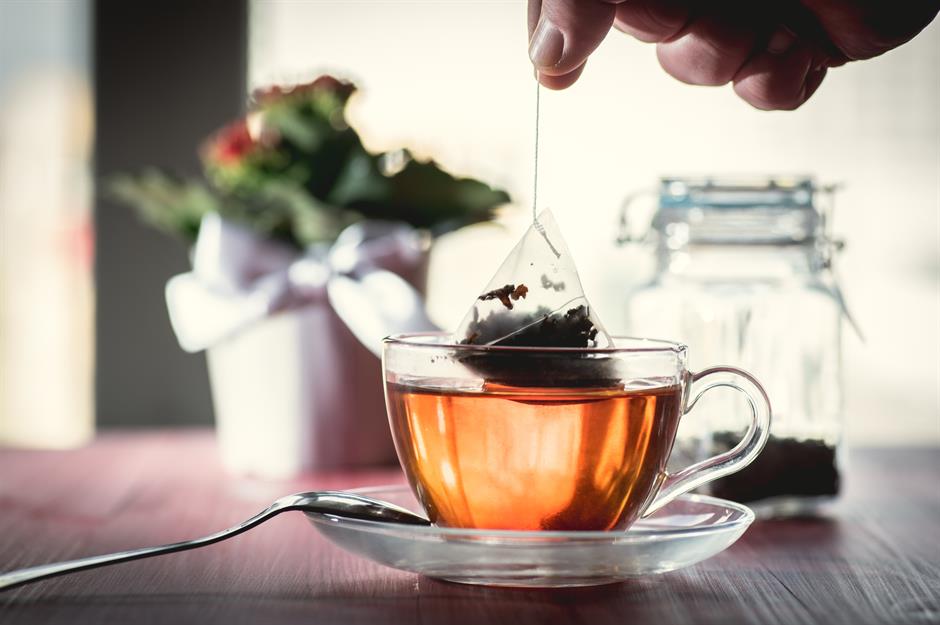
According to the UK Tea and Infusions Association, Thomas Sullivan, a New York tea merchant, started to send samples of tea to his customers in small silken bags in around 1908 – and rather than empty out the contents, people assumed the entire bag should be put in the pot. It was through this mistake that the tea bag was born.
Tomatoes shouldn’t be kept in the fridge
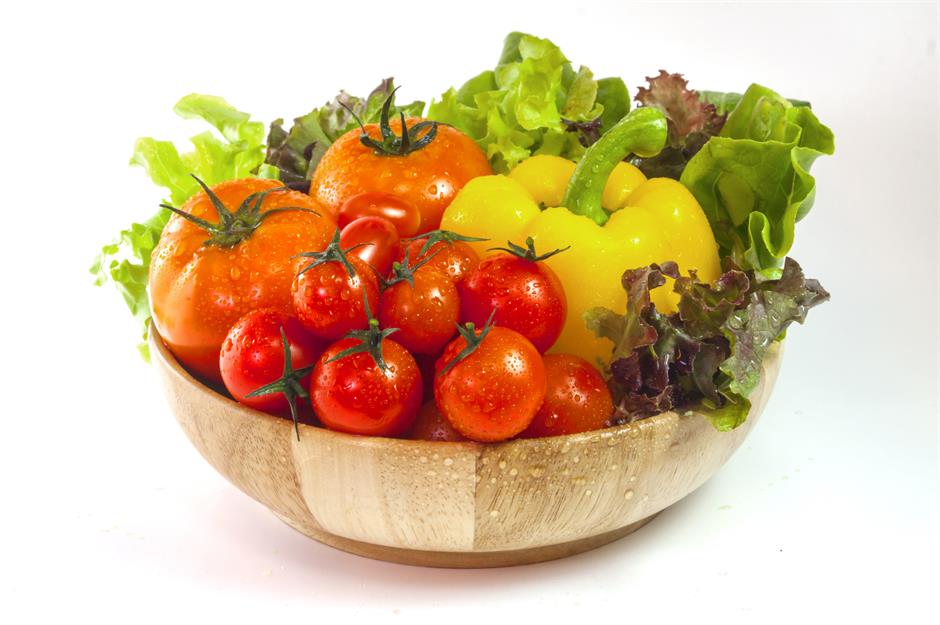
Tomatoes are sub-tropical fruits and they really don’t like the cold – in fact, they'll soften more quickly if refrigerated. Remember to keep tomatoes away from bananas and avocados too – the plant hormone these produce can make tomatoes go mushy more quickly.
Here are some other foods you should keep away from the fridge
A bag of potato chips has as much vitamin C as an apple
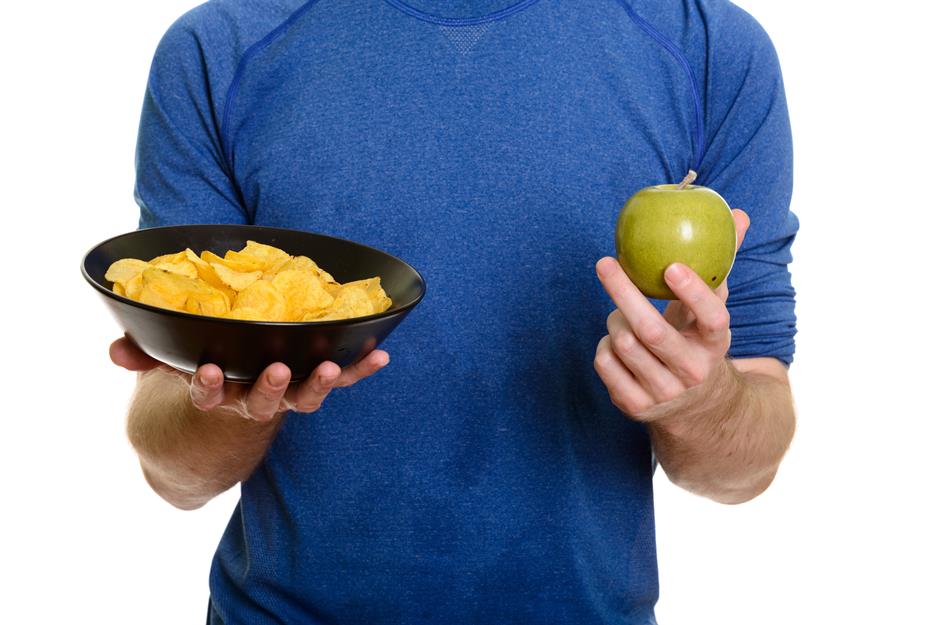
Salted potato chips supply 17mg of vitamin C per 100g (3.5oz), while apples only have 6mg per 100g (chips weigh a lot less though). This all adds up to a 35g (1.25oz) bag of chips and a medium apple (100g/3.5oz of apple flesh) both containing about 6mg of vitamin C. While high-calorie potato chips should be more of an occasional treat, the vitamin C boost is one reason to justify reaching for your favorite snack, especially as healthy adults should aim to have about 80mg of vitamin C a day.
Mushrooms make vitamin D in sunlight just like we do
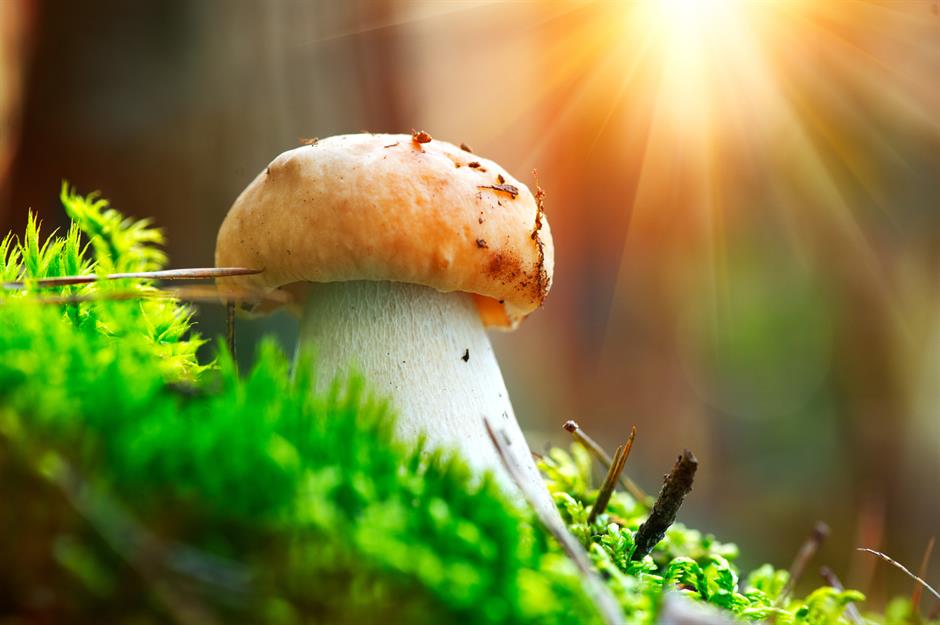
Sun-treated mushrooms build up quite a lot of vitamin D. Some already come UV-treated (in which case it will mention they are vitamin D-enriched on the label). Otherwise you can put them gill-side up by an open sunny window for an hour before eating to reap extra health benefits.
The red food color cochineal comes from crushed insects
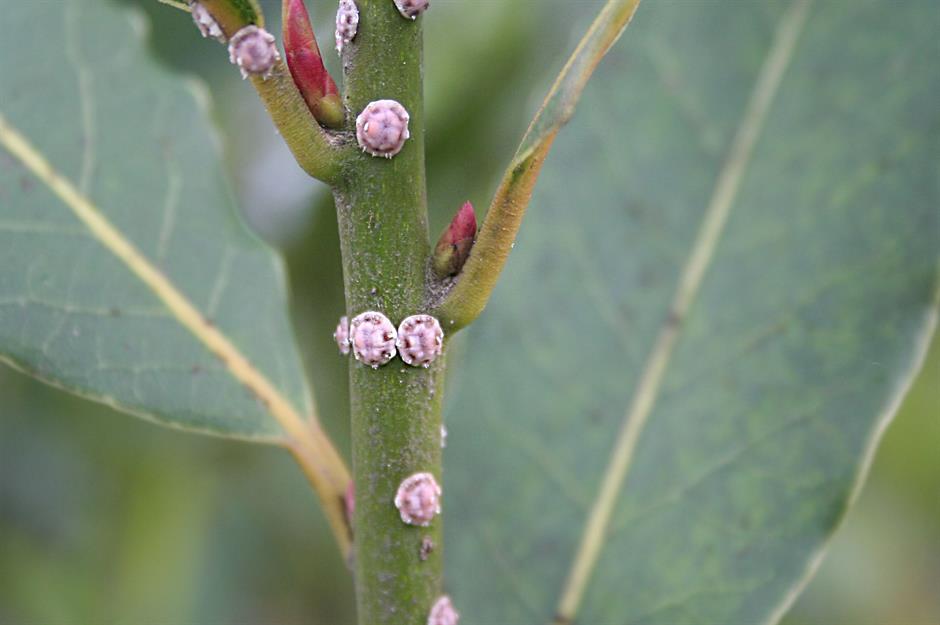
Cochineal is derived from the insect Dactylopius coccus Costa (shown in the picture), which become red through a diet of red cactus berries. The bugs are dried up and then ground into a fine powder that is used in some processed foods with a pink, red or purple tint. It’s also used as a traditional dye for textiles.
Large amounts of nutmeg can cause a hallucinogenic high
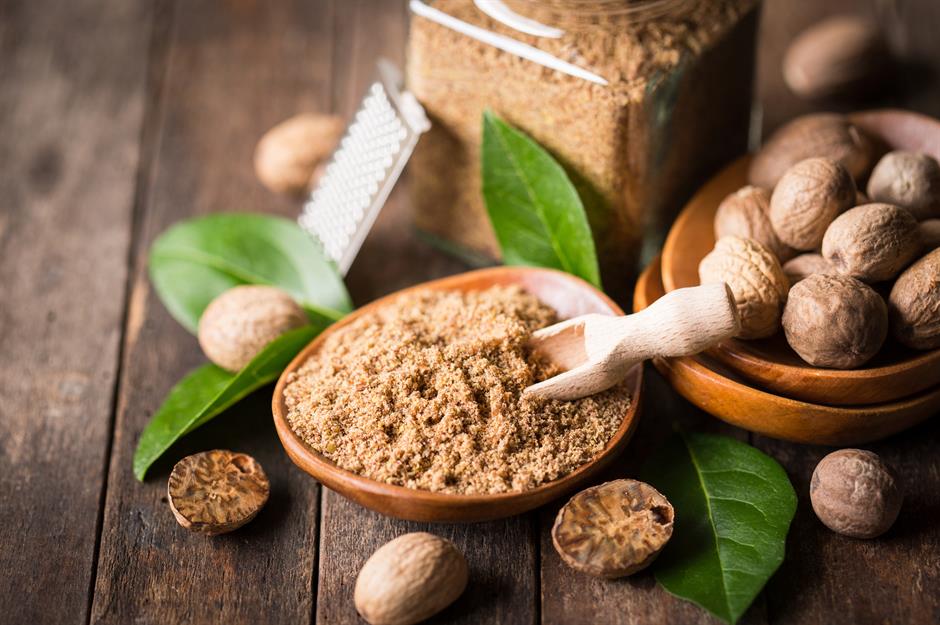
Overdosing on nutmeg can send you on a very unpleasant trip and can be dangerous or even fatal if whole nutmegs are consumed. That's because it contains an hallucinogenic compound known as myristicin; it’s advisable to only use nutmeg in small amounts.
A 20-fl-oz (600ml) Pepsi and three chocolate-iced Krispy Kreme donuts with sprinkles have the same sugar content
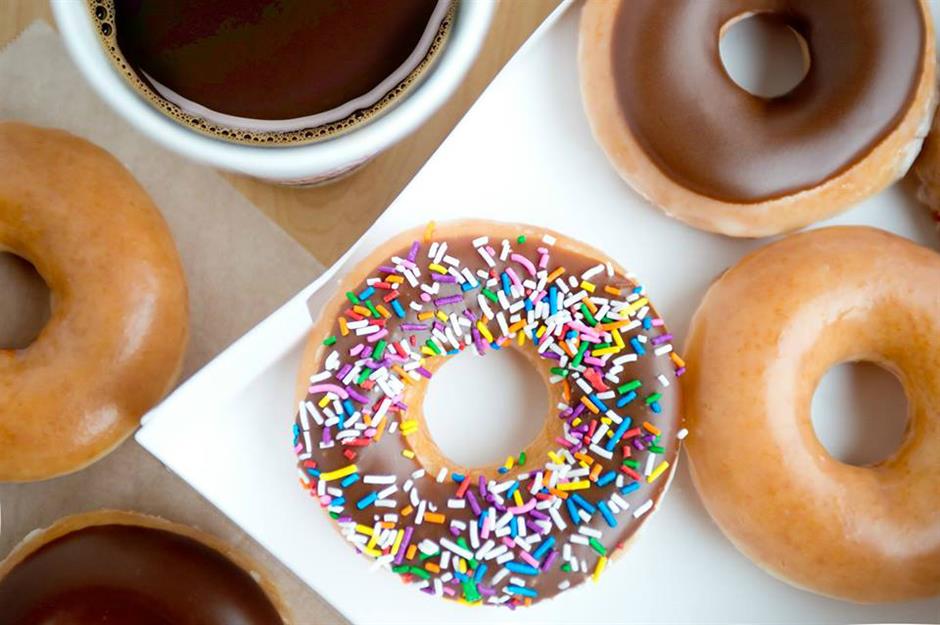
There aren’t too many drinks left that are as high in sugar as original Pepsi, which contains 69g of sugar, as much as three donuts. The donuts do have more calories though (750 for the three, versus 250 in the drink), as they contain fat and flour too.
A humid oven makes softer-crusted bread
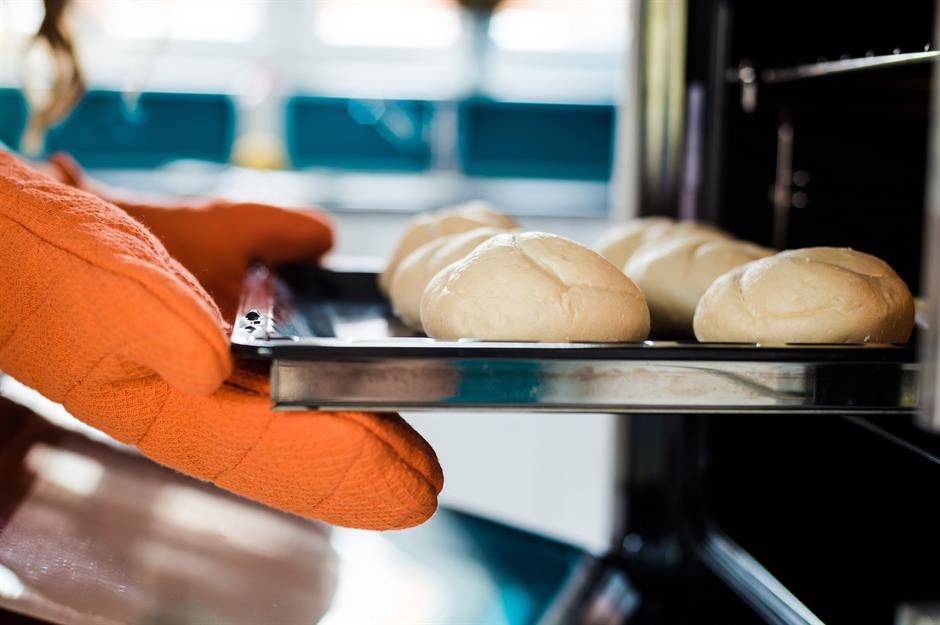
When baking bread do you find that the crust gets too hard or brown? An easy solution to this is to pop a small dish of water in the oven while your loaf is cooking – it will keep the crust softer, and stop it from progressing too far beyond golden.
Humans and guinea pigs don’t make vitamin C
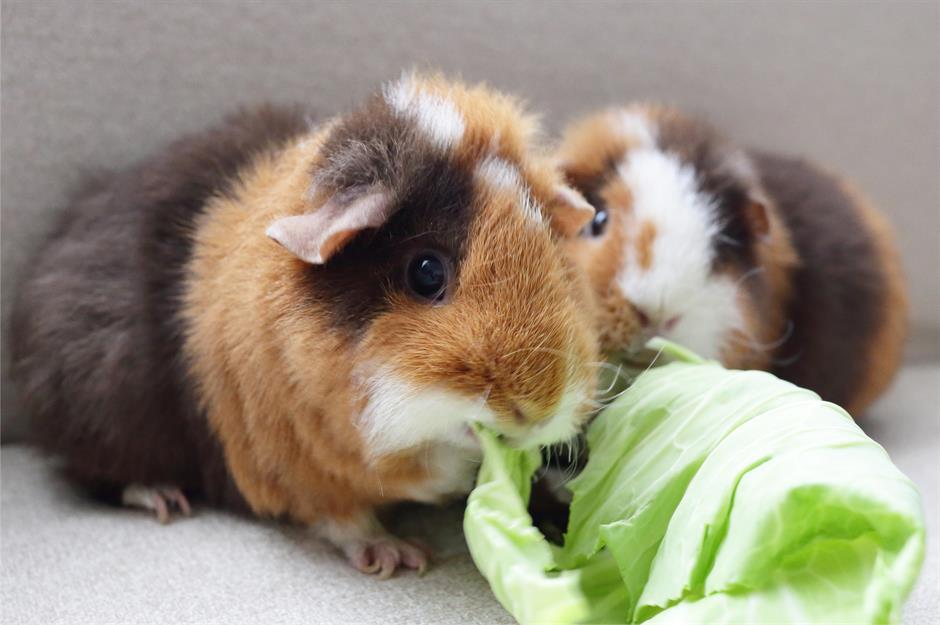
Strange nutrition fact: almost all animals make vitamin C in their bodies, so that they don't have to consume it. The exceptions are fruit-eating bats (that’s probably why they eat fruit), guinea pigs and humans. Extreme vitamin C deficiency causes scurvy in humans, which results in swollen, bleeding gums, and poor wound healing – presumably in guinea pigs too if they don’t get their greens.
Blood can substitute eggs in recipes
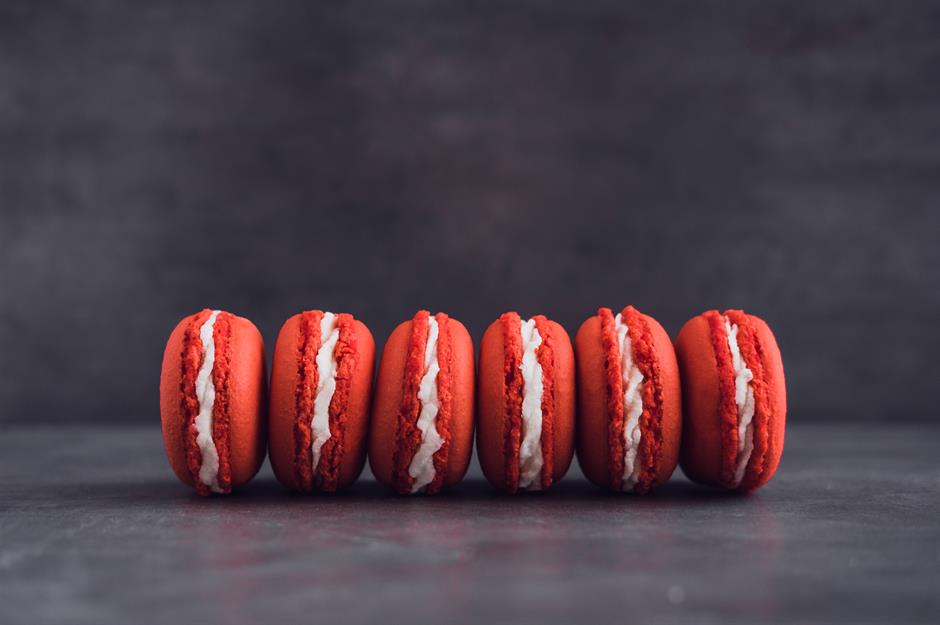
Don’t try this at home, but…eggs and blood have similar protein compositions, and both have coagulant properties. Based on these similarities, a lab has developed ‘vampire’ recipes for sourdough-blood pancakes, blood ice cream, blood meringues and chocolate blood sponge cake.
Watercress helps your body detox
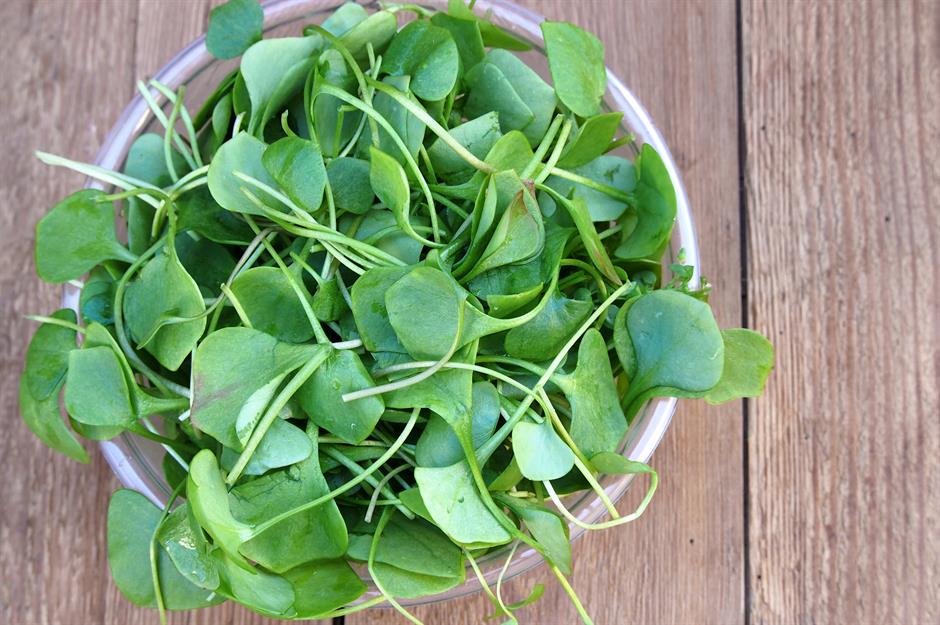
Our liver and kidneys are organs that detox for us every day, but according to watercress.co.uk, the super leafy green can help in this natural process. Amino acids in watercress make fat soluble toxins in our bodies water soluble, so they can be easily removed or excreted.
Americans eat more than 20lb (9kg) of onions a year
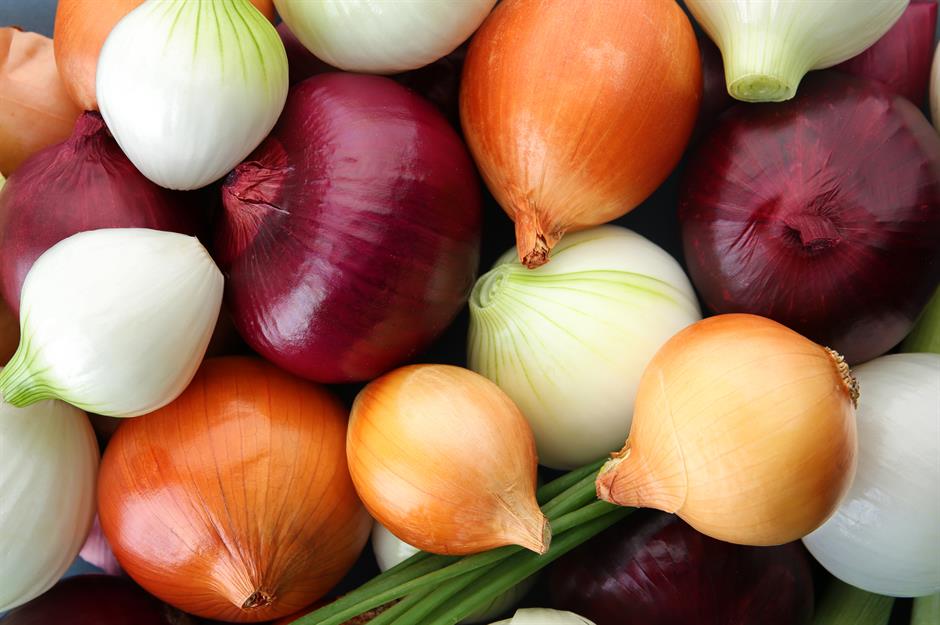
According to America’s National Onion Association, the US per capita consumption of onions is more than 20lbs (9kg) per year. That's 450 semi-truck loads of onions used in the States every day.
Hot and cold water sound different when you’re pouring them into a glass

Hot water produces a more high-pitched sound than iced water, which is down to the fact that warm water is a tiny bit less viscous, or more "runny", than cold. The slight changes in viscosity between hot and cold water alters the sound of the splashes when poured. Give it a go and hear it for yourself.
Apples contain a lot of air
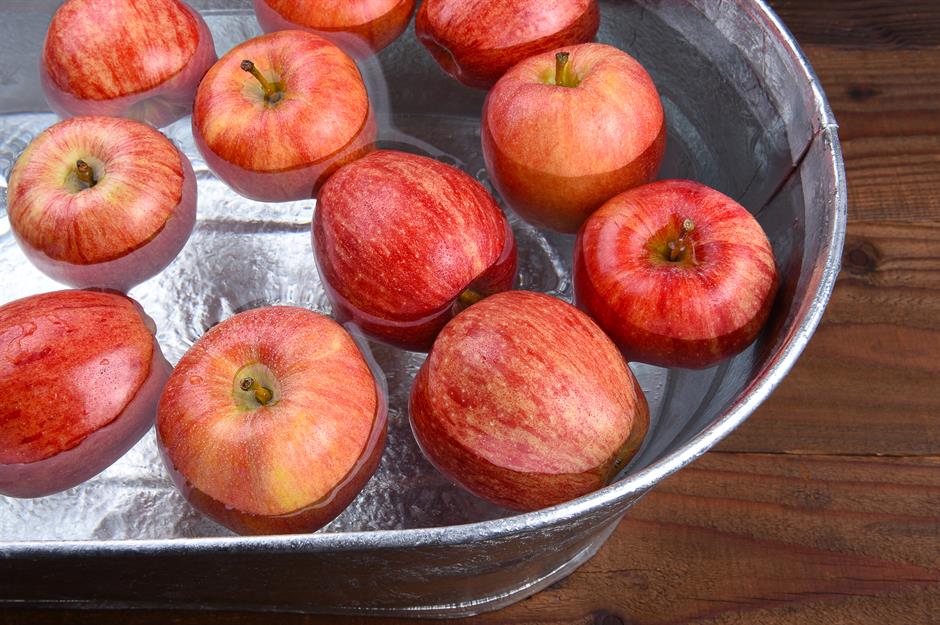
Ever wonder why apples are the preferred choice for barrel bobbing at Halloween? It's because they are actually 25% (one-quarter) air, which makes them perfect for floating in water.
Greens should be boiled from hot; potatoes from cold
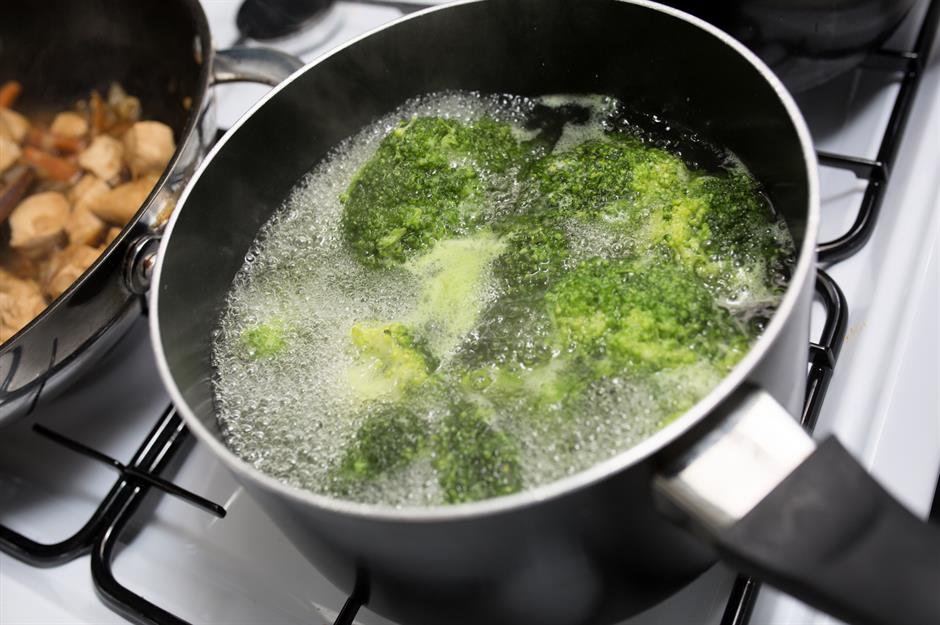
The rough rule of thumb is that if the vegetable grows above the ground it should be placed into boiling water, and if it grows below the ground, you should begin cooking it in cold water. Starting root vegetables out in cold water allows their outside layers to heat more gradually, which stops the surface of the vegetable becoming flaky and mealy.
Are those wood shavings in my cheese?

Take a closer look at your bag of ready-grated cheese. To stop it sticking together, some manufacturers use a powdery coating which is often cellulose, a fiber that’s found in wood as well as wheat bran. In the UK, potato starch is usually what’s used to keep the cheese free-flowing.
Cream’s fat content varies massively around the world
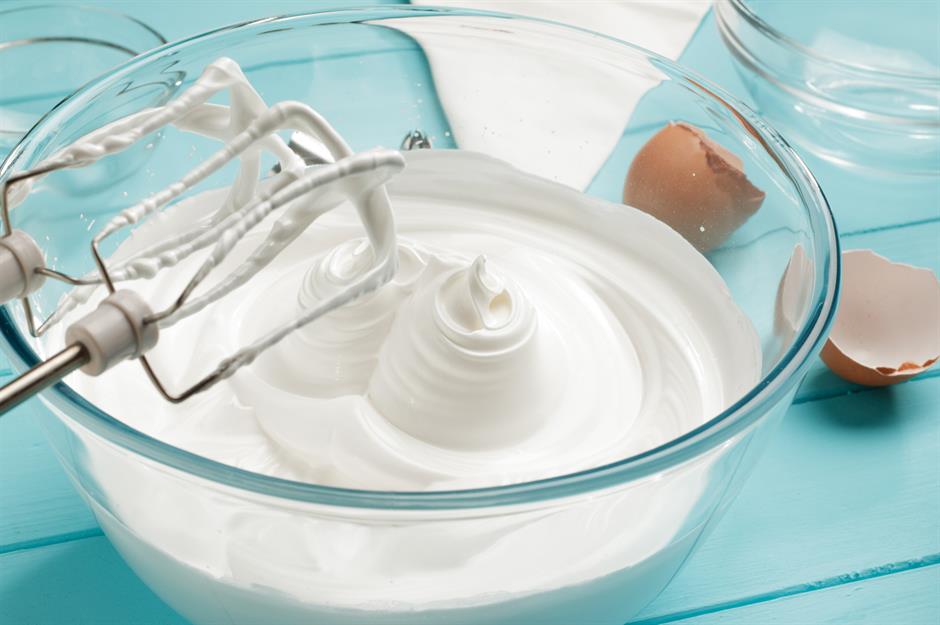
Eating pulses helps the environment
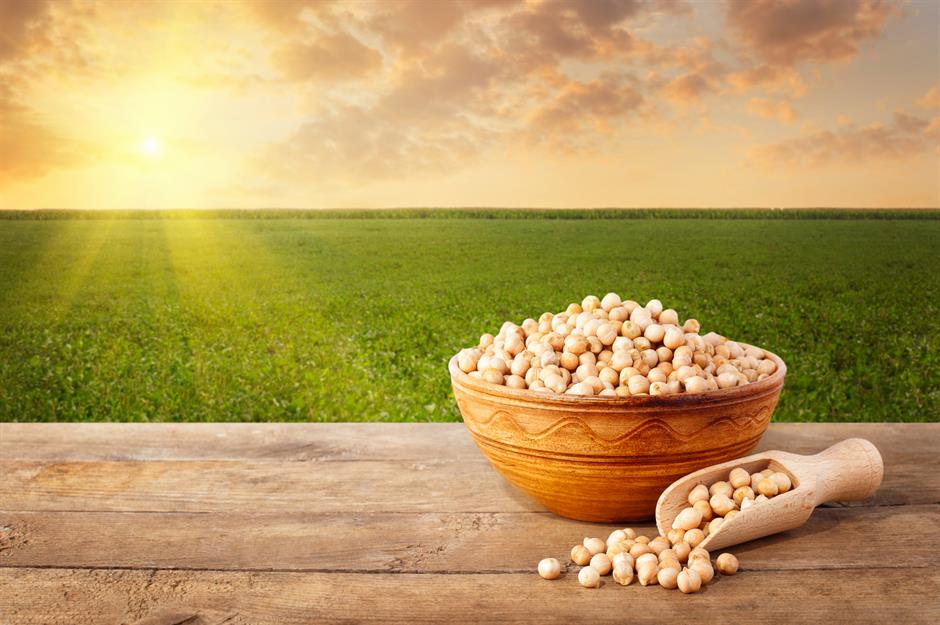
Pulses, including beans, chickpeas and lentils are “nitrogen-fixing” plants which means they can extract nitrogen from the air and return it to the soil. This can naturally improve soil fertility, which improves and extends the productivity of farmland. Just another reason to enjoy these protein-packed foods.
Soya milk is one of the few non-dairy milks with a good amount of protein
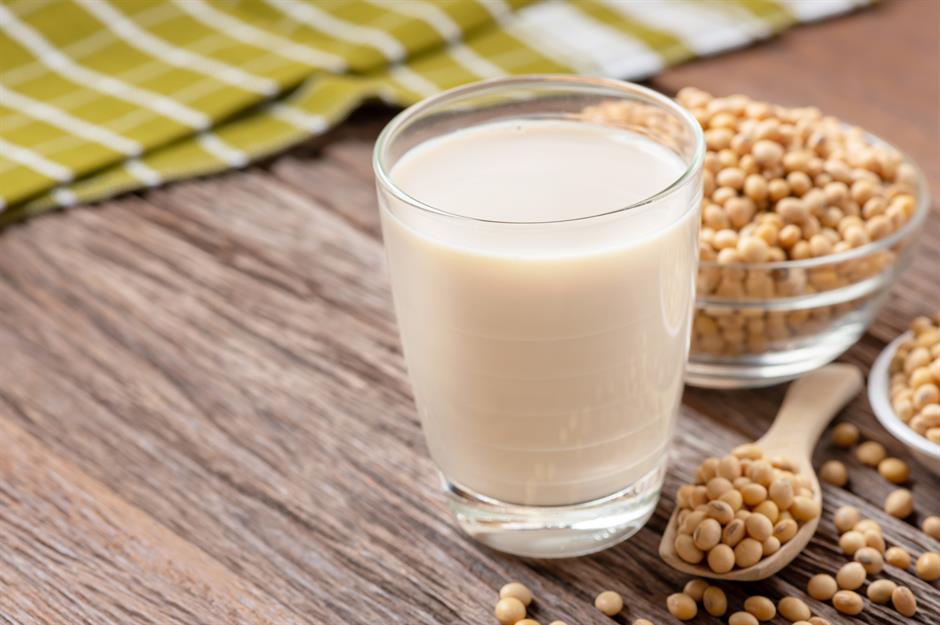
Almond, rice, oat and cashew alternatives are all far lower in protein than cows’ milk. However, soya milk does match the amount in dairy, so might be the alternative milk of choice if you’re vegan and want to make sure you're getting the right amount of protein.
Check out the dairy-free milk alternatives taking over the world
Bananas are radioactive
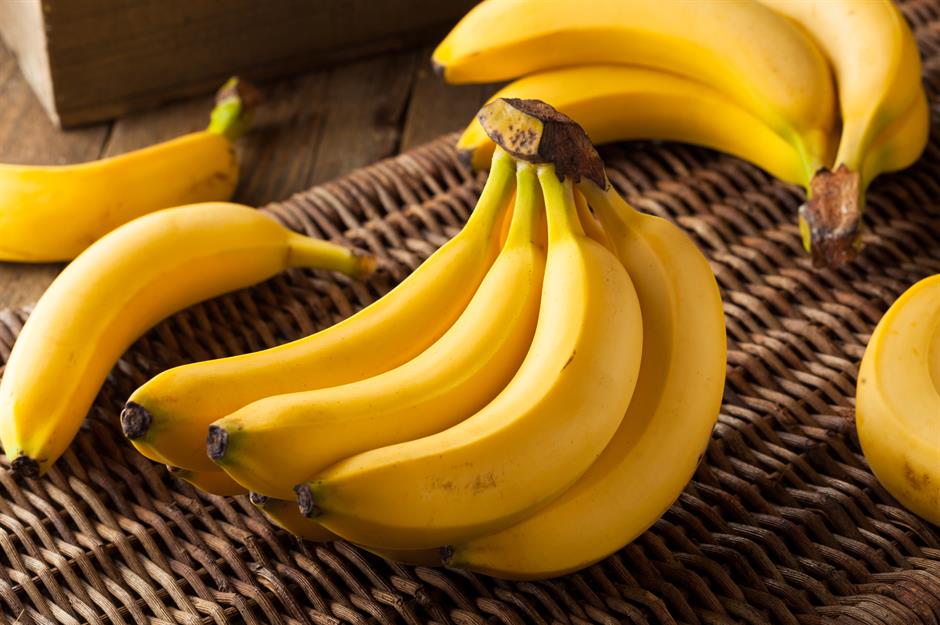
Bananas are rich in potassium, a mineral that balances water levels in the body as well as keeping blood pressure healthy. But a small proportion of that potassium is the unstable radioactive form, which you are swallowing alongside the regular potassium every time you eat the fruit. Other fruit and vegetables rich in potassium will also be a teeny bit radioactive in the same way. Thankfully it's next to impossible to get a significant dose of radiation from eating fruits and veggies.
Carrots can turn you orange
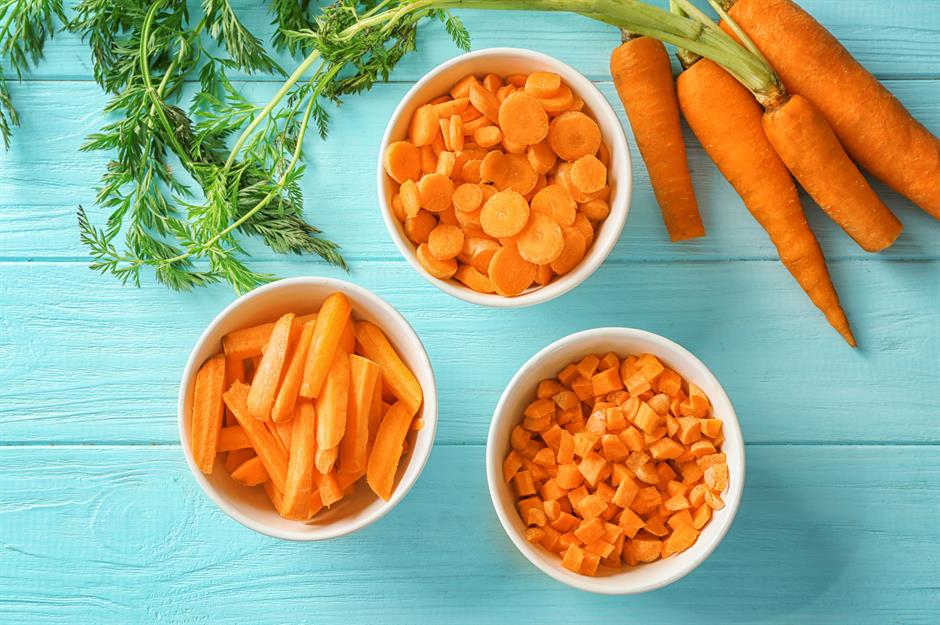
This isn’t an old wives’ tale – if you eat a lot of carrots every day the orange-colored beta carotene they contain can turn your skin a slightly orange hue (in fact supplements of beta carotene are sometimes sold specifically as “tanning” aids). The beta carotene gets deposited in fat under the skin and will be particularly noticeable on the palms of your hands.
Coffee is really a fruit
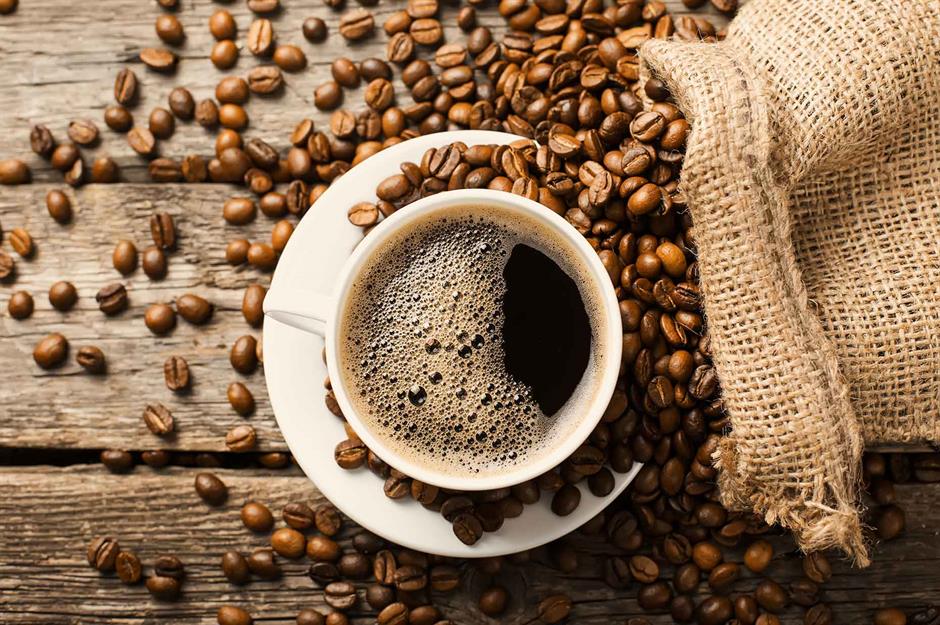
When you're making (or buying) your next caffeine fix, spare a thought for the humble coffee bean. Coffee beans are harvested from the coffea plant, a small tree that produces bright red fruits a little like cherries. In fact, much like stone fruits such as cherries and nectarines, the coffee bean we’re all familiar with is actually the pip in the middle of the fruit that's extracted and roasted.
Now check out avocado stones and other surprising things you didn't know you could eat
Comments
Be the first to comment
Do you want to comment on this article? You need to be signed in for this feature